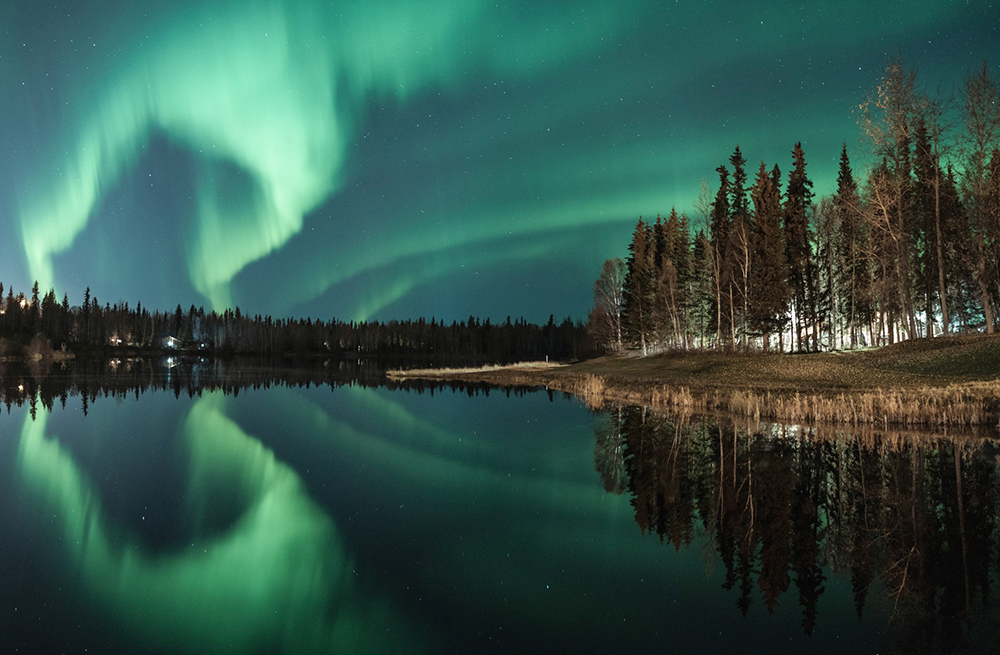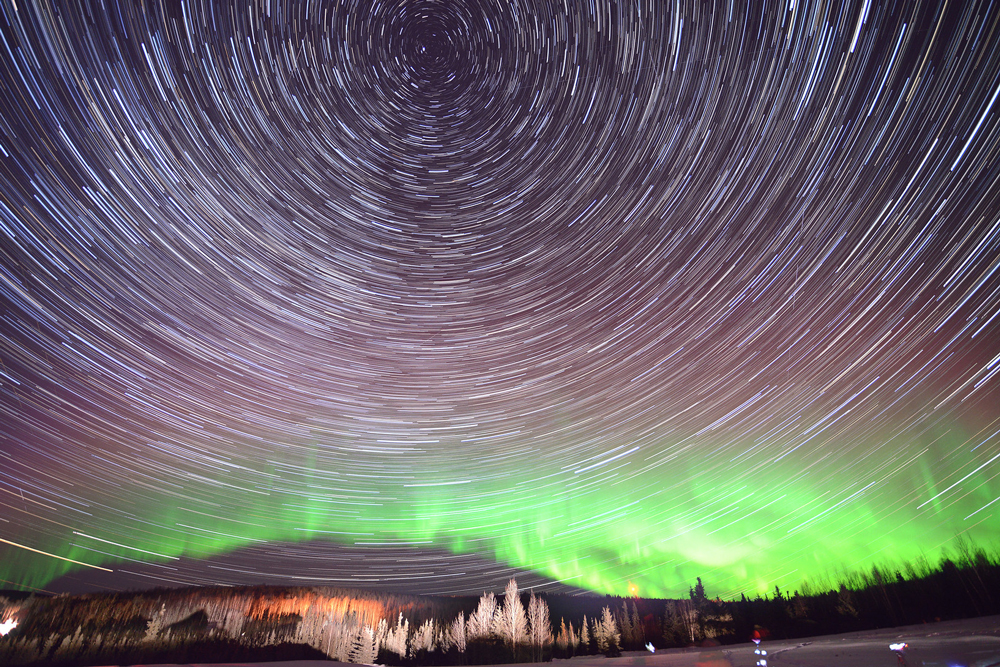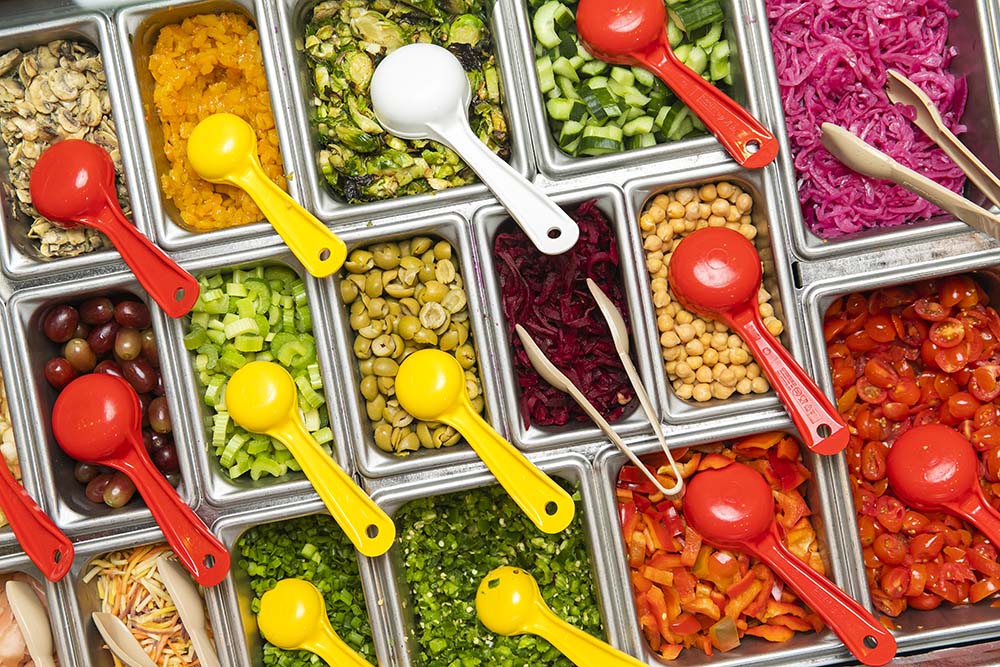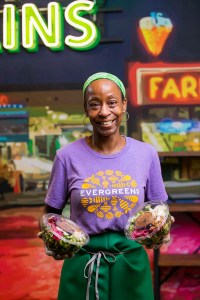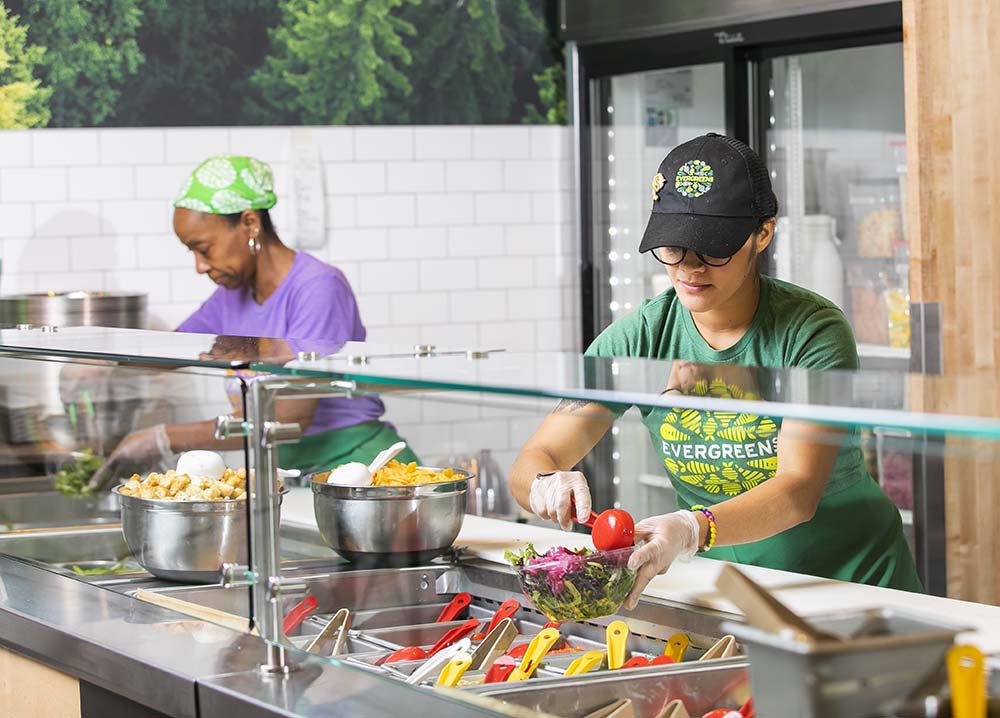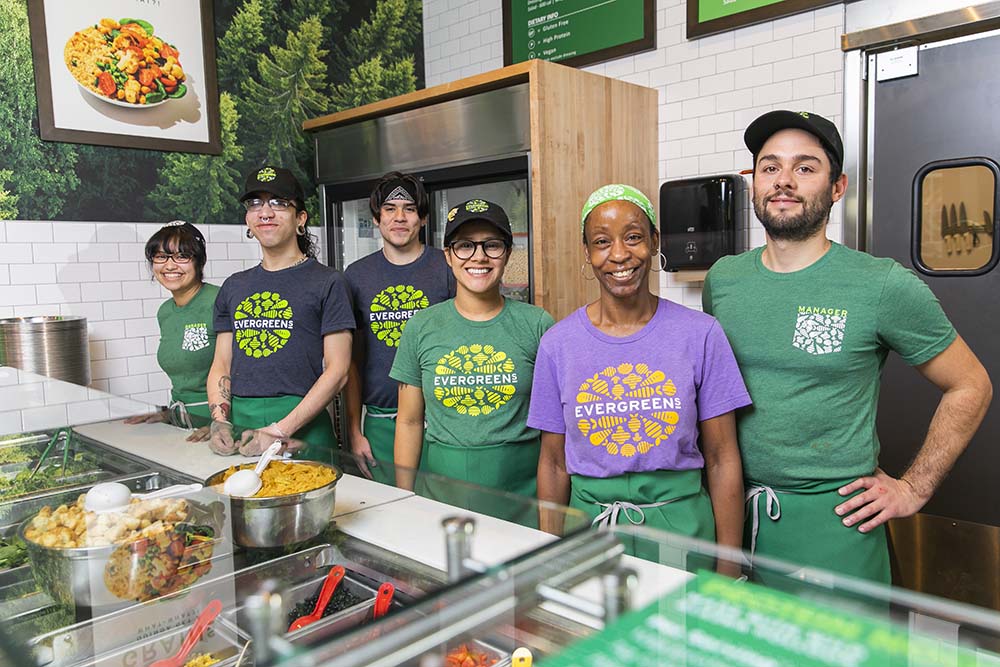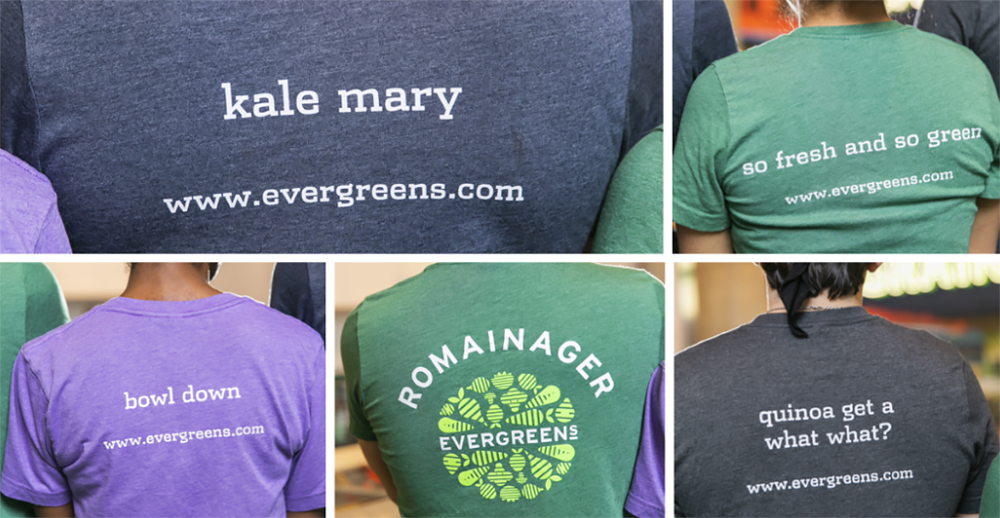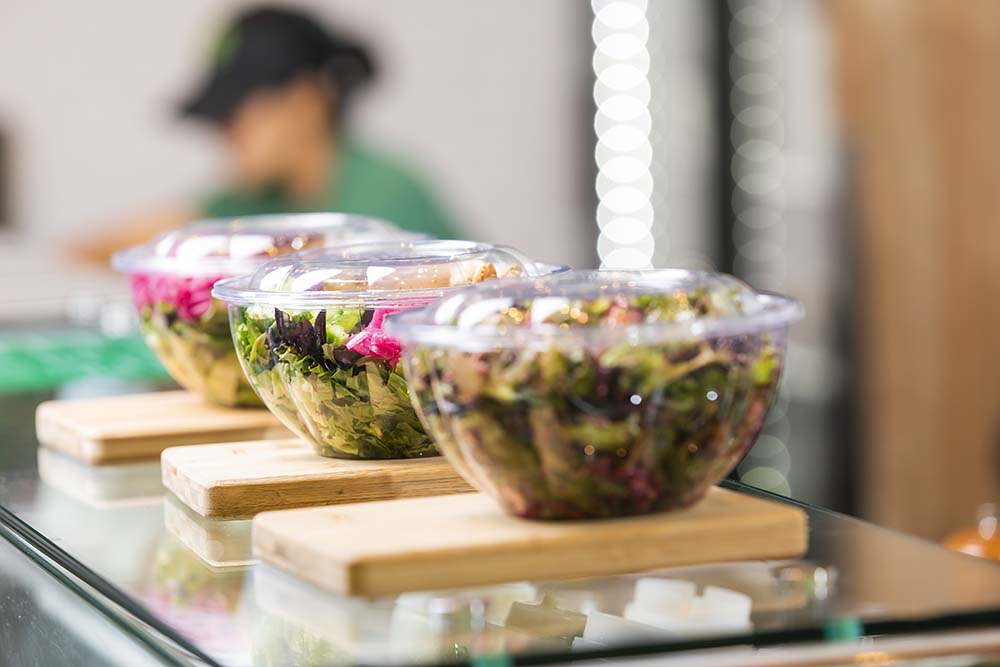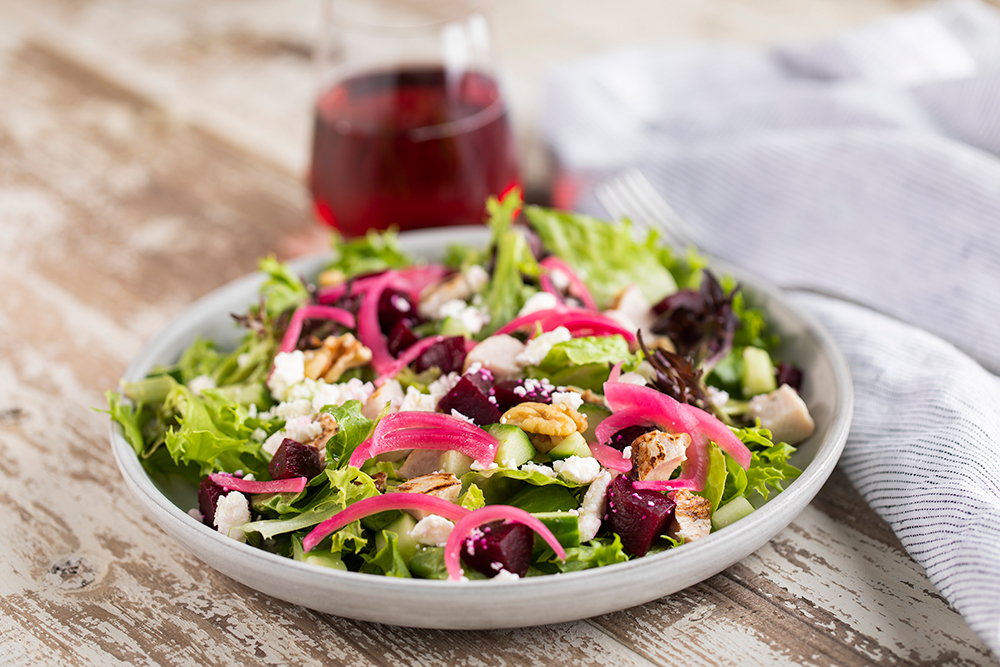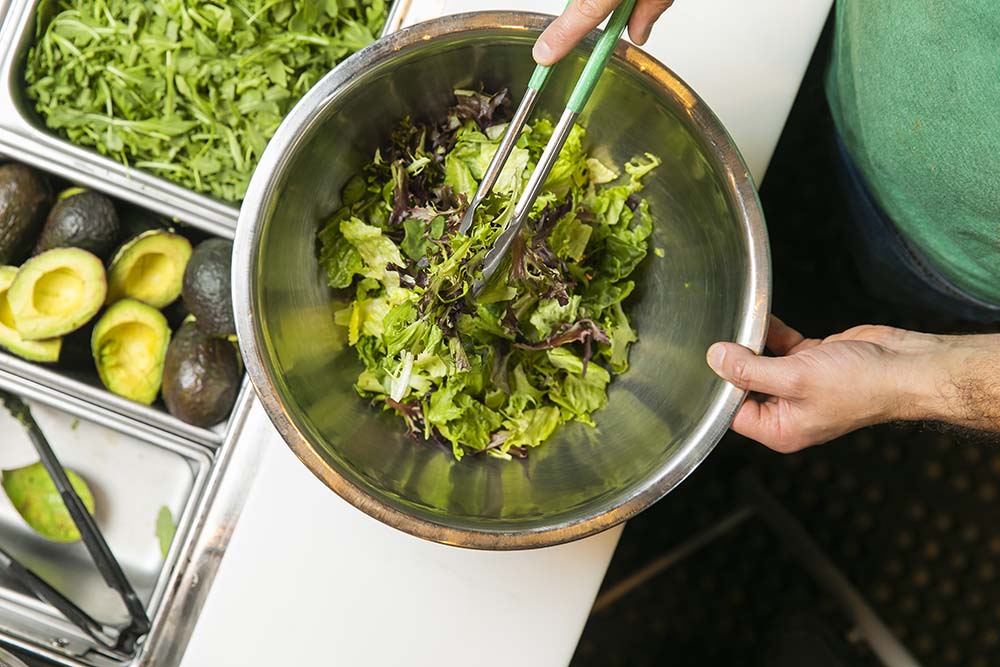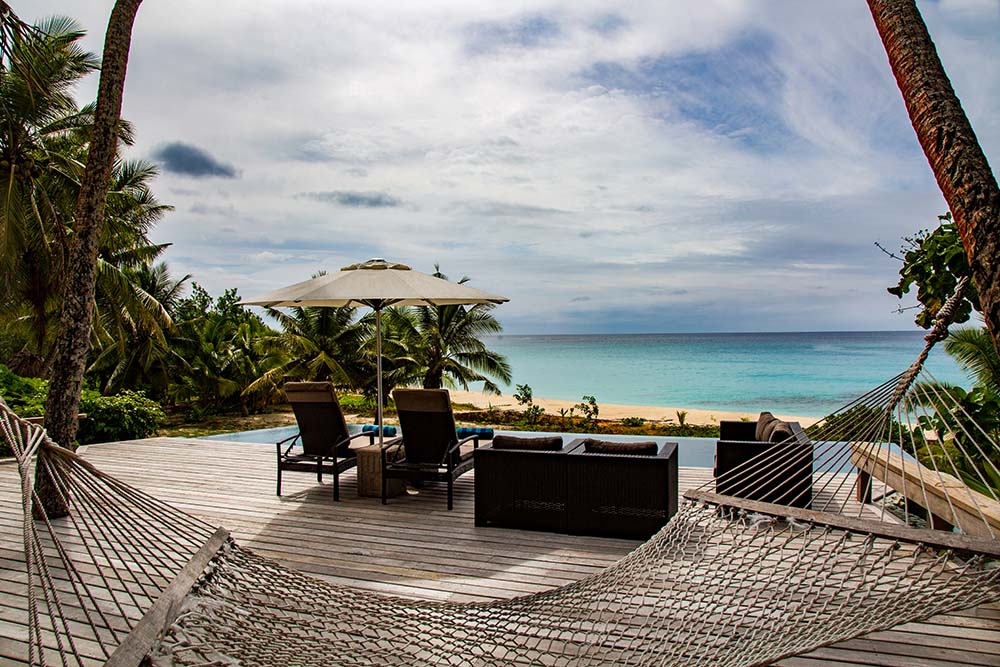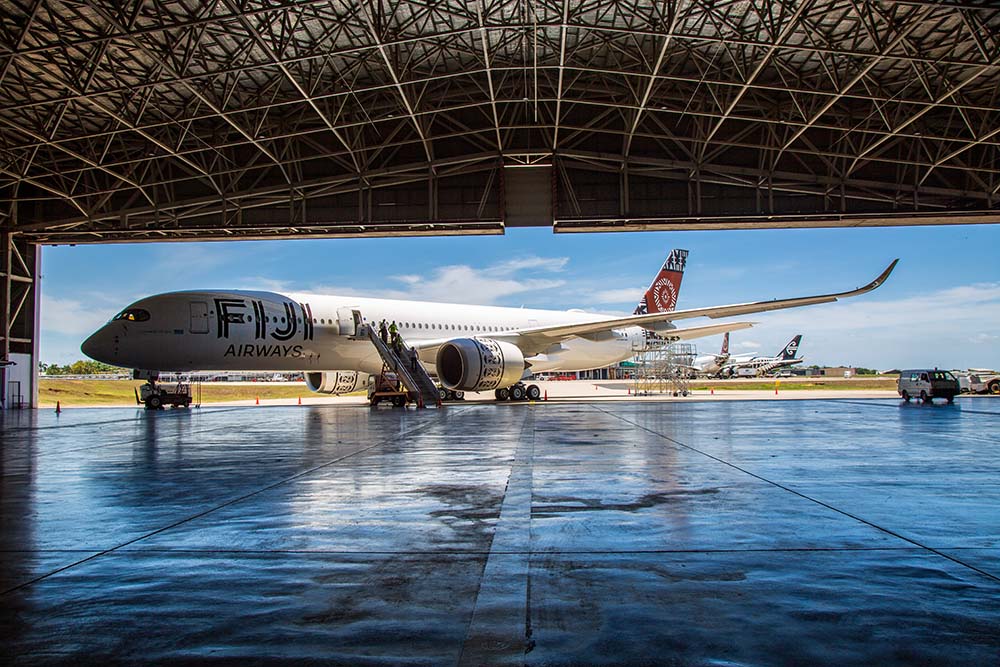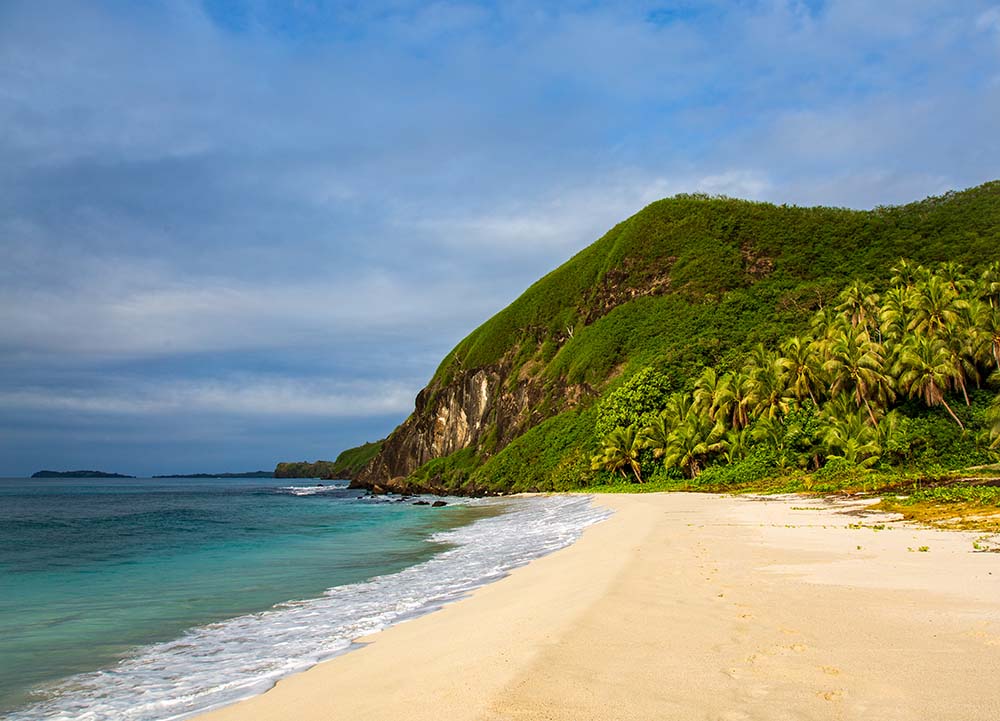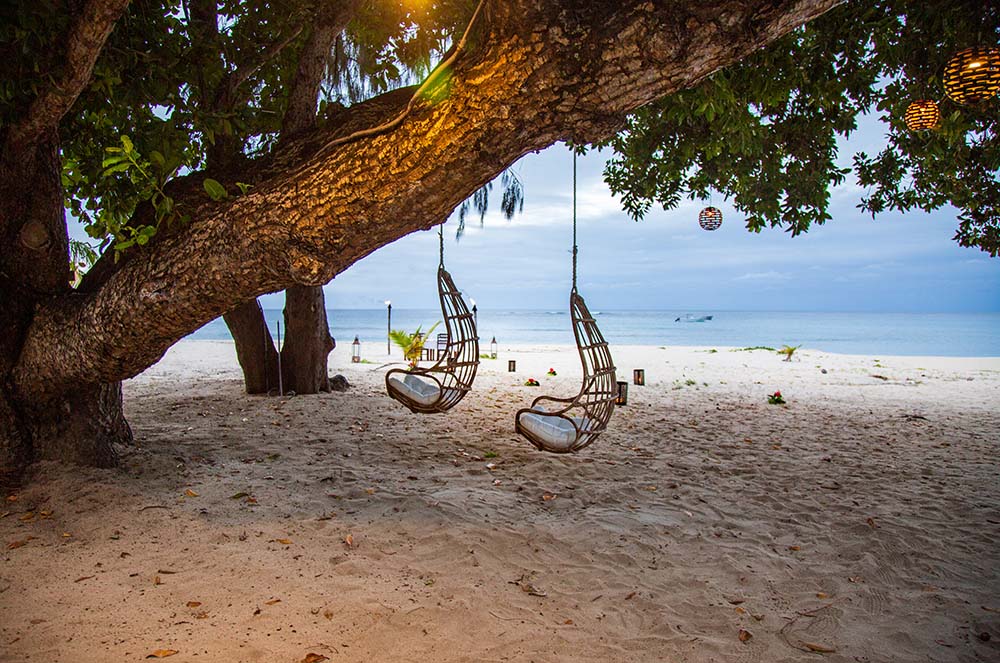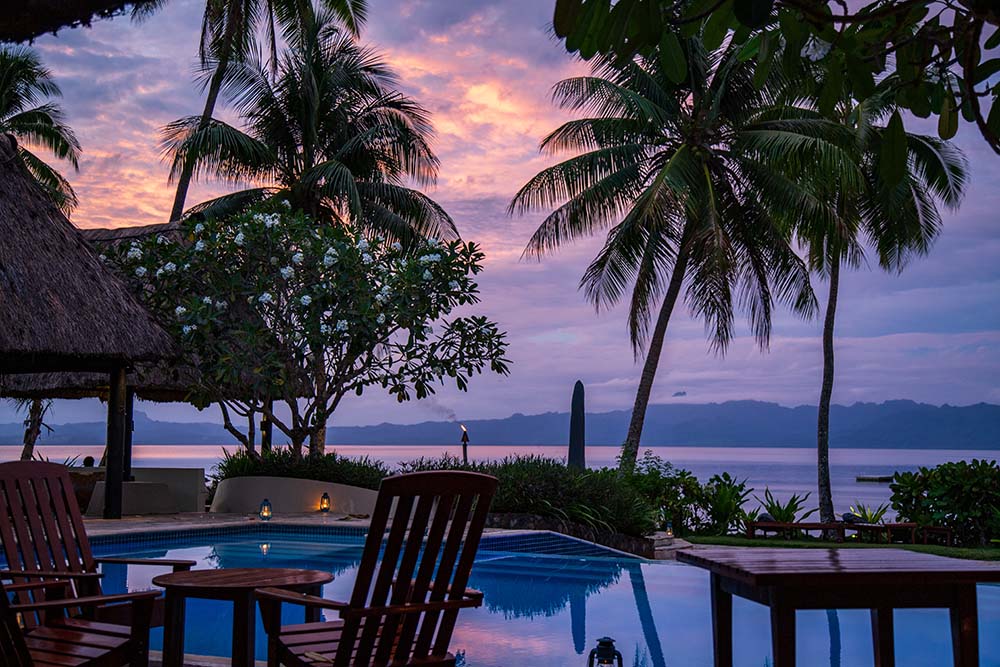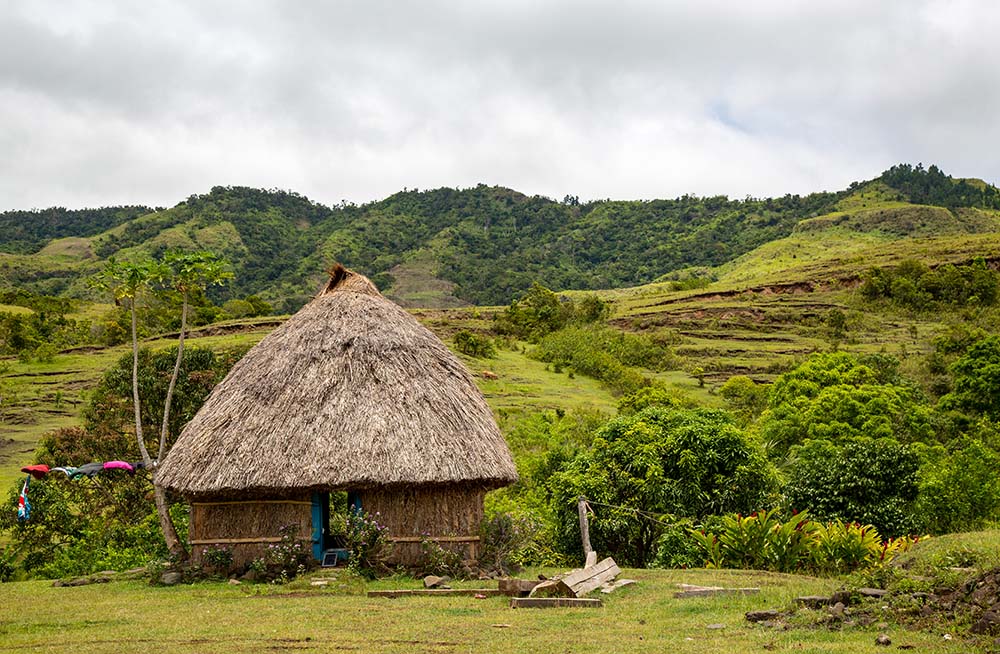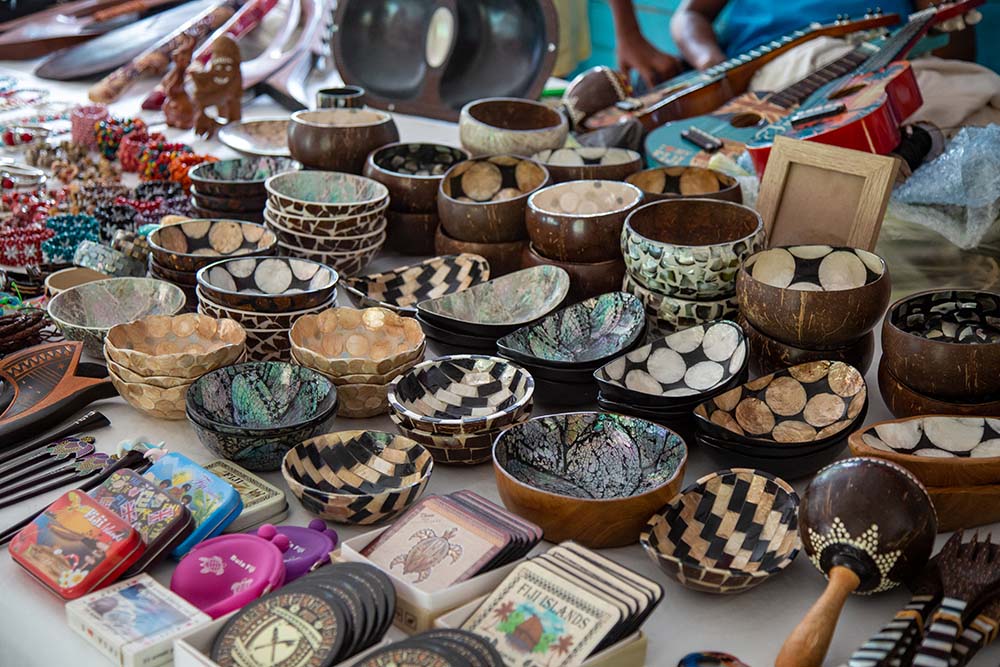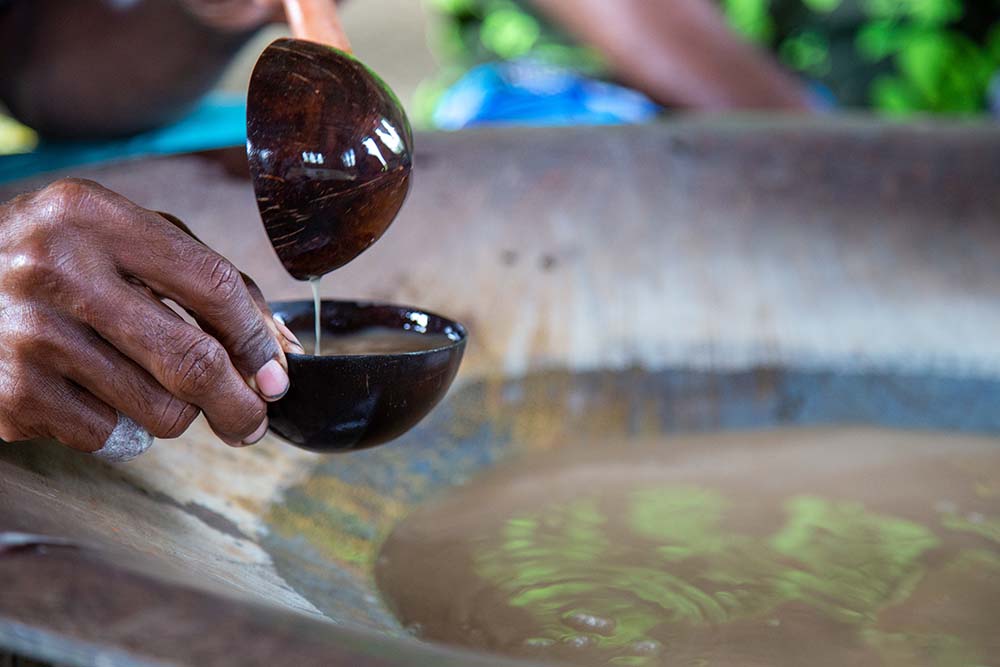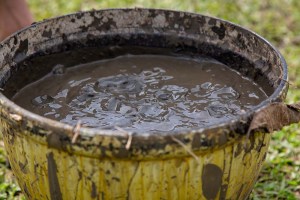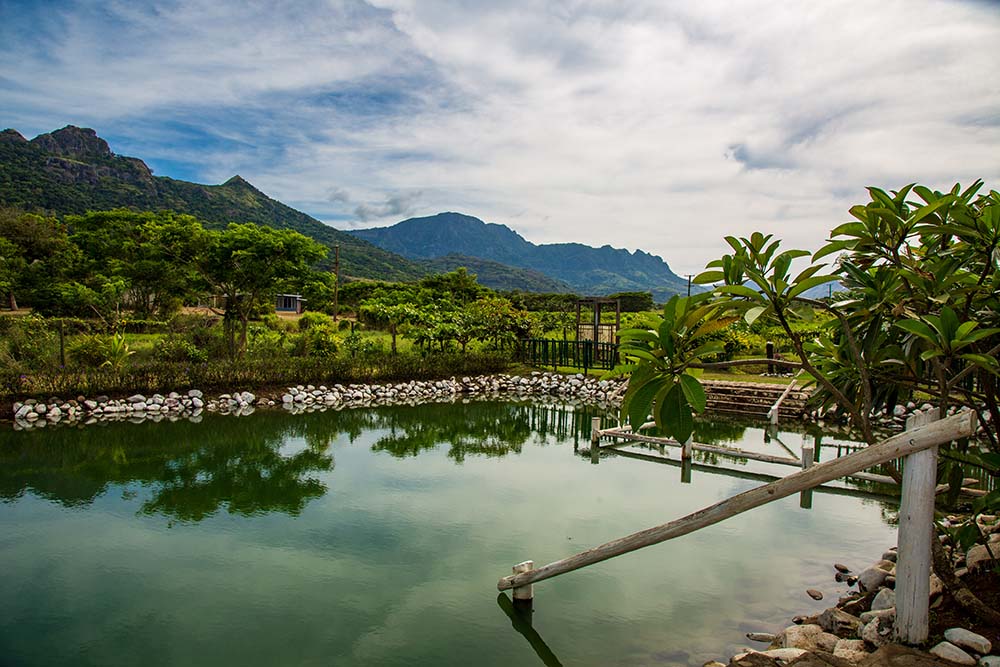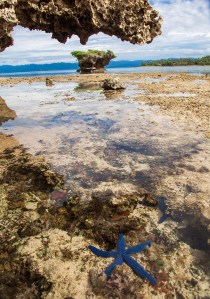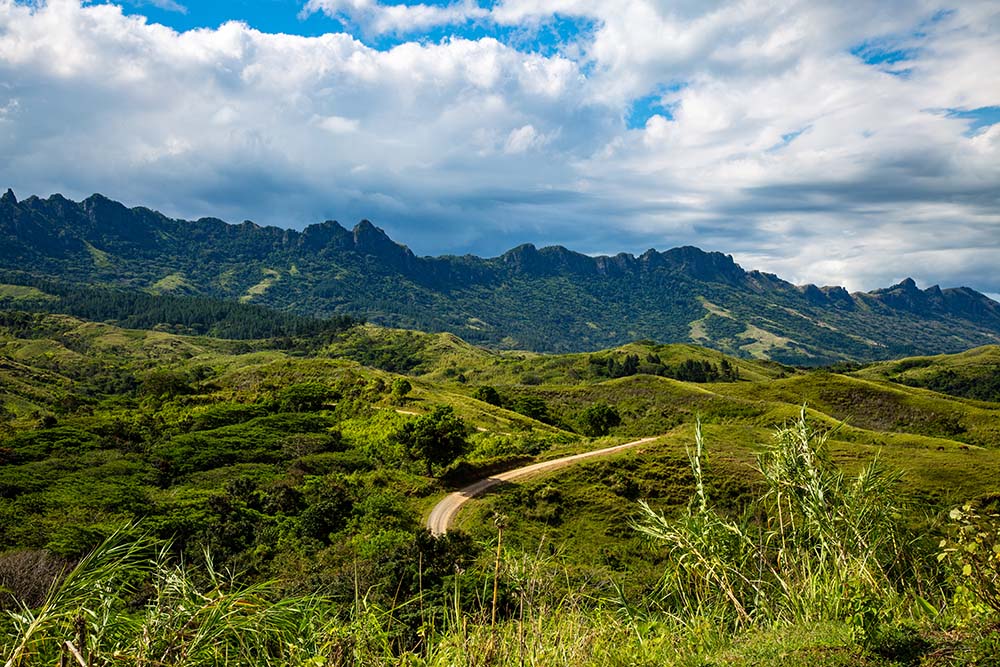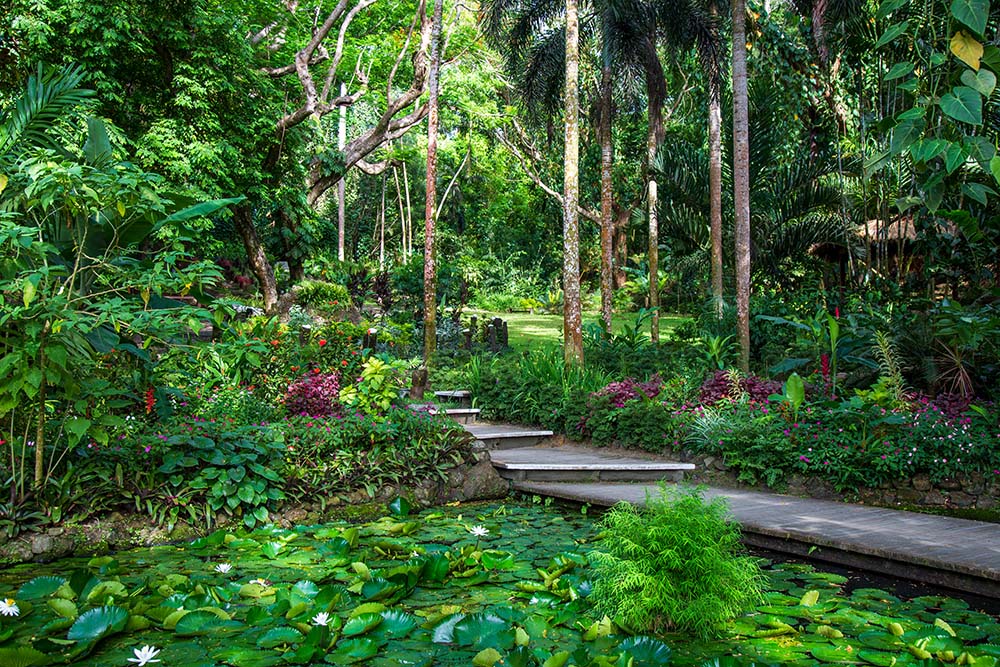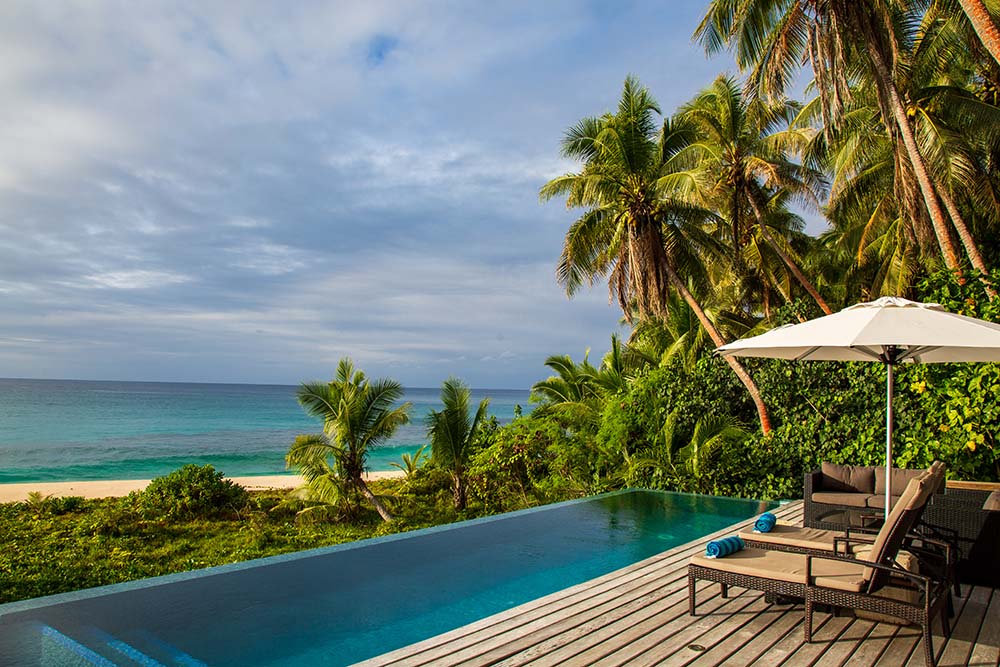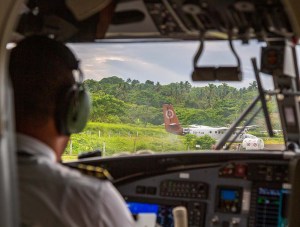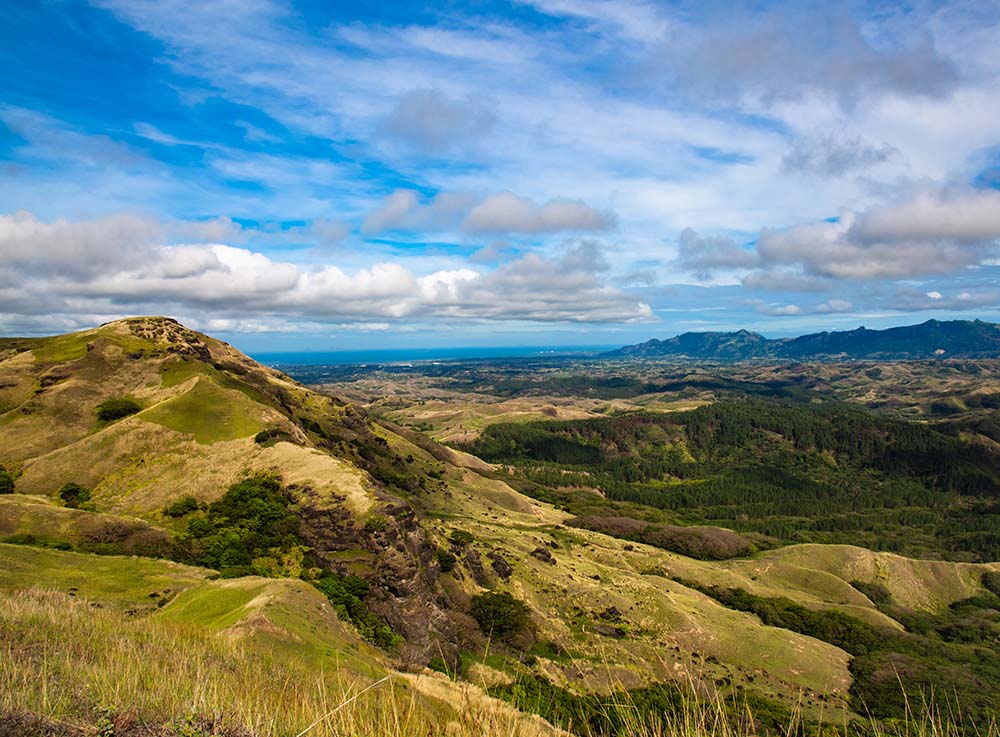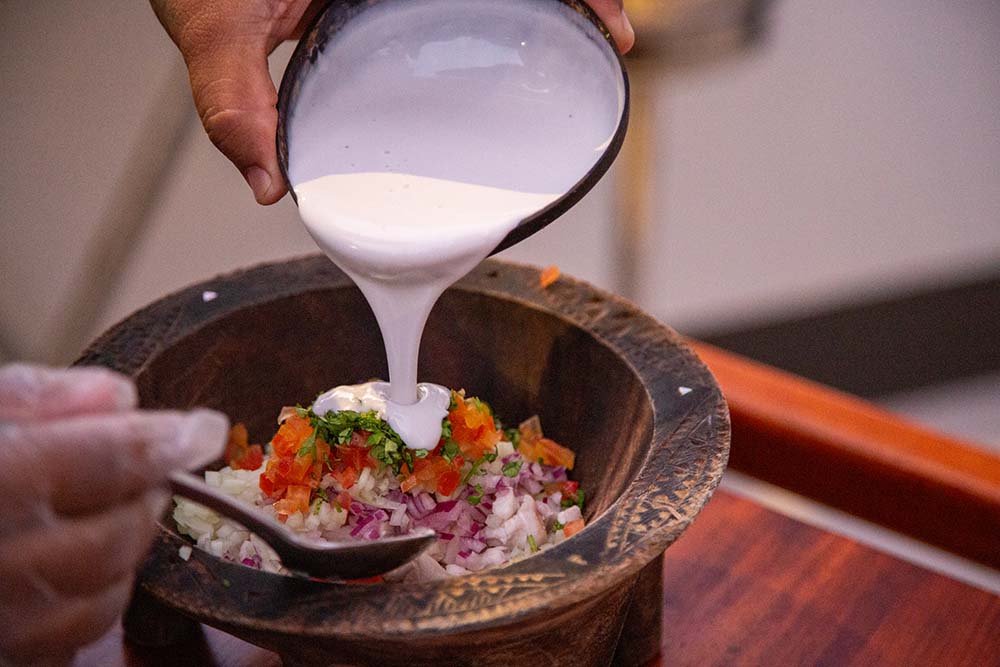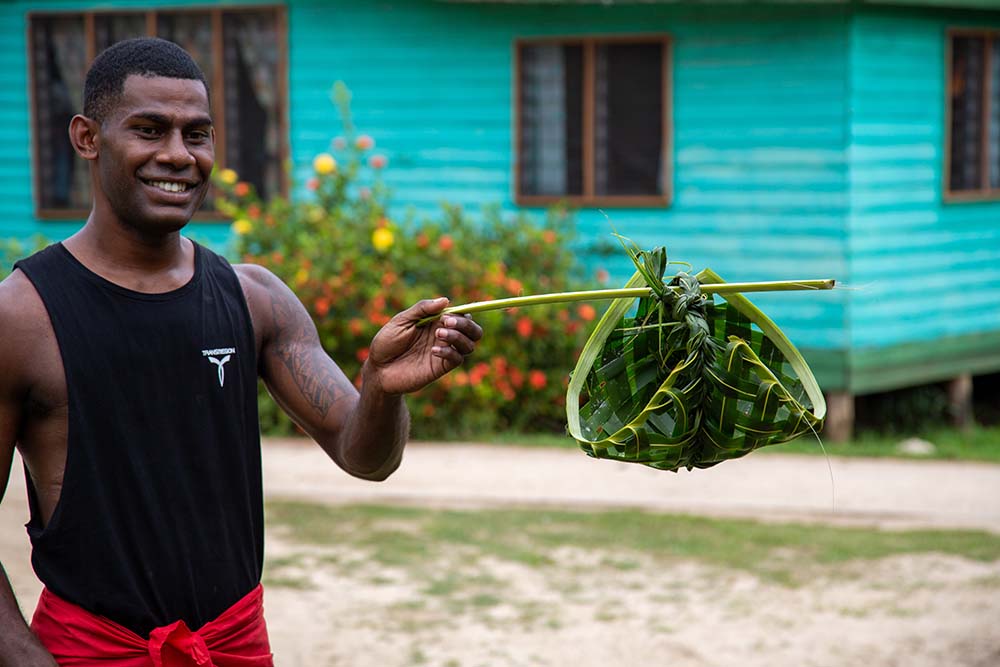Finding the Way: Nainoa Thompson, navigates open seas and cultural legacy
Share

Alaska Airlines offers daily service to Hawaii Island (Kona), Kauai, Maui and Oahu.
Oahu’s Nainoa Thompson has spent his life pursuing far-fetched adventures. Sailing across the Pacific in a traditional double-hulled canoe, named Hokulea, open to the elements, using the wind and stars for direction? Preposterous. Guide Hokulea around the world for three years? Outrageous. Dangerous, in fact.
In late October 2015, some 16,000 nautical miles into the journey, Hokulea was sailing along the east coast of Africa toward Cape Town, the most dangerous leg of the journey to date. “Everybody said we should put the canoe on a cargo ship to get around South Africa,” Thompson recalls of Hokulea’s most recent journey circling the entire planet.
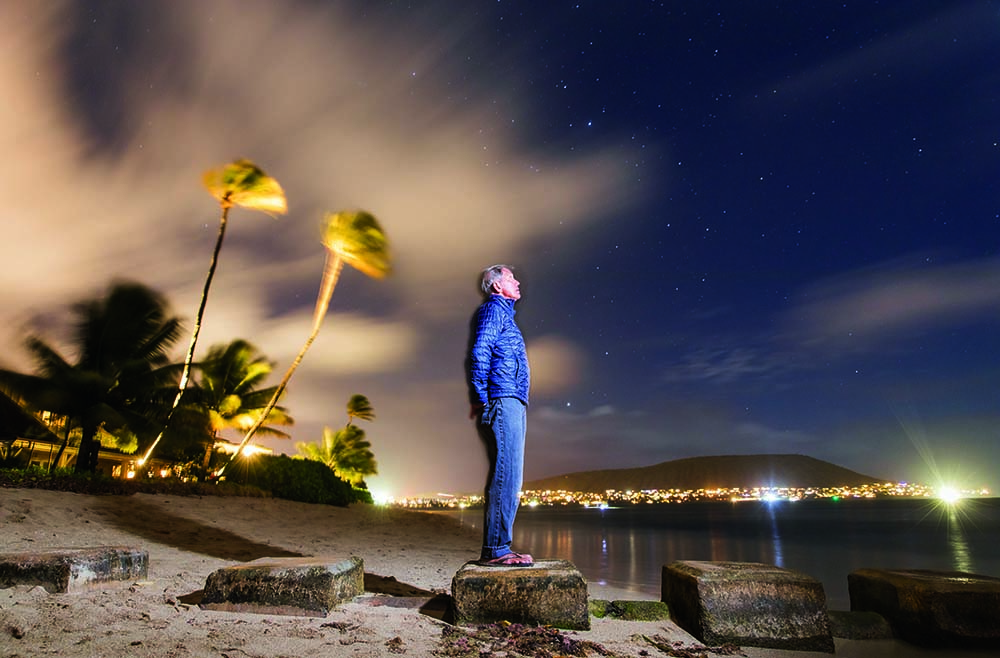
“‘Go ahead,’ I told them. ‘But I quit.’ ” Hokulea stayed in the water and rounded the Cape of Good Hope, a notoriously tempestuous stretch of water. Thompson did not quit, and Hokulea continued on, making goodwill stops along the way, visiting with Indigenous groups in Brazil, the Caribbean, the United States, Canada and islands in the South Pacific before returning to Honolulu in 2017—earning global acclaim and making Thompson perhaps the most famous person in Hawaii.
But Thompson is not the daredevil he may seem. Just the opposite, in fact. He is a savvy leader who balances risk-taking with readiness—and now he is expanding his leadership profile, traveling the world (by air and sea) to support the global Indigenous revival and response to climate change. Thompson visits elementary school classrooms, service-club luncheons, business-leadership summits, and local and national government events. His message is low-key but strong: We must act now to preserve human civilization in the face of global warming and cultural conflict. He believes full preparation, loving cooperation and bold action can make a difference, and his example is Hokulea’s global journey.
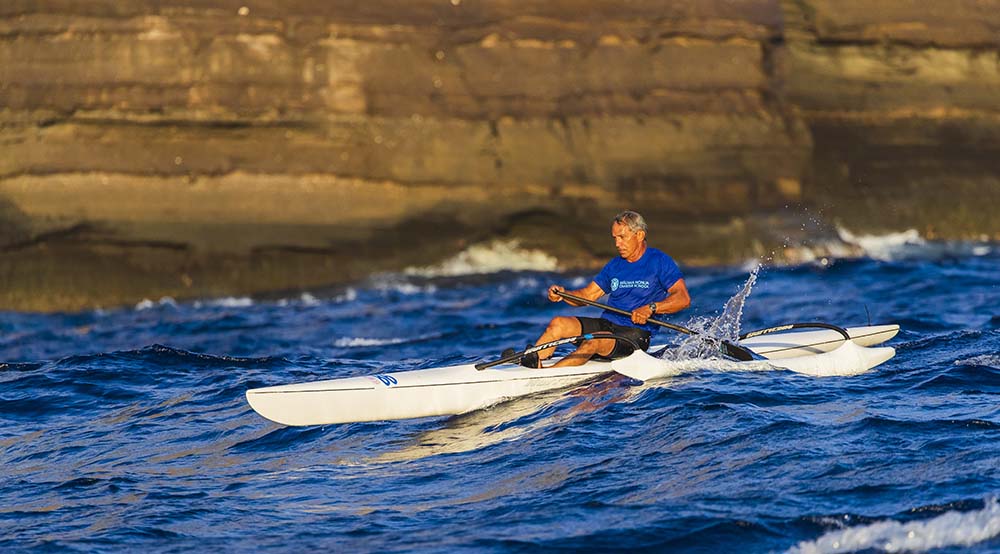
“That three-year global voyage was actually a 10-year journey,” Thompson says of the adventure named Malama Honua—roughly translated as “care for our home.”
“We spent seven years in preparation to sail around the world. People think I’m a risk-taker—and in some ways I am—but I am also extremely cautious. You can do anything with sufficient preparation.”
In person, Thompson is a laid-back Pacific Islander whose careful conversation seems mild and measured. Years of open-ocean adventures have weathered his face. His steady gaze is ideal for charting maritime star maps. His smile blossoms when kids are in the vicinity. And after a lifetime proving the impossible can be done, he is trying to convince the whole human race to take on something that might seem impossible: to spread a message of peace and sustainable living, of care for the earth.
Oddly enough, instead of adventurer, risk-taker and leader, Thompson might have become a dairy farmer. “Milking cows at 5 a.m.,” he says. “That’s what I did when I was a boy.”
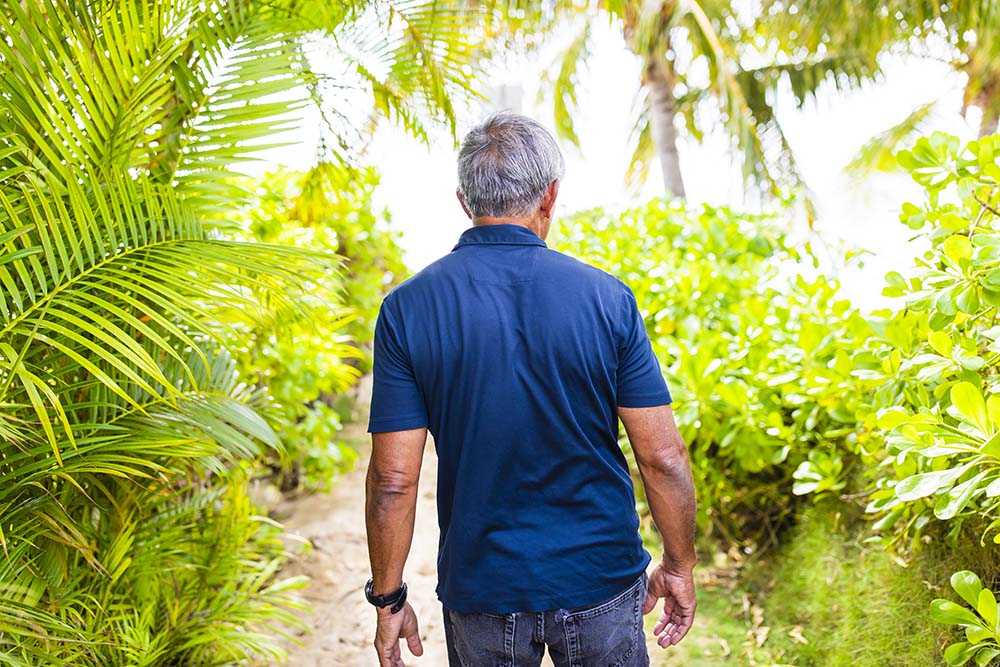
Thompson’s grandfather, Charlie Lucas, owned a dairy operation in the Niu Valley, about 2 miles east of Waikiki. Like almost all ag-family kids, Thompson had farm chores from an early age, though he recalls, “I wasn’t very good at it.”
What he did prove good at was adventure.
Thompson learned wayfinding, thus helping to save the ancient Polynesian art of navigation from extinction. As a wayfinder, he crossed the Pacific on voyaging canoes, then circled the globe in that epic journey, becoming the most visible advocate for and public figure of Polynesian voyaging, representing the achievements of Pacific Indigenous peoples to the world at large.
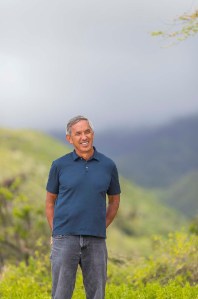
Now 66, he and the organization he heads, the Polynesian Voyaging Society, are transforming their achievements into concepts that directly bear on our entire civilization. Having sailed well more than 175,000 nautical miles, he is in the company of such historic adventurers as James Cook and Vasco da Gama. And as he relates his journeys to others, he speaks of the earth itself as a voyaging canoe, entering perilous waters.
Our most important challenge lies ahead of us,” he says. “Humanity needs to come together based on values, such as those that made Hokulea possible. The heart of voyaging is not the canoe, or wayfinding, it’s the community behind all those things. Our world is worth it—and we don’t have another one,” Thompson says.
Seeking to spread that message, Thompson and his compatriots will set sail on Hokulea again, next year, departing from Alaska to circumnavigate the Pacific.
Thompson still lives adjacent to what was his grandfather’s farm on the outskirts of Honolulu. But in the past 40 years, guiding a traditional Polynesian voyaging canoe—using ancient navigation techniques such as reading the stars, winds and waves—to prove it could be done, he and his companions in PVS have rewritten our understanding of the way humankind populated the Pacific. Thompson and PVS have painted a new portrait of the indomitable spirit of human beings.
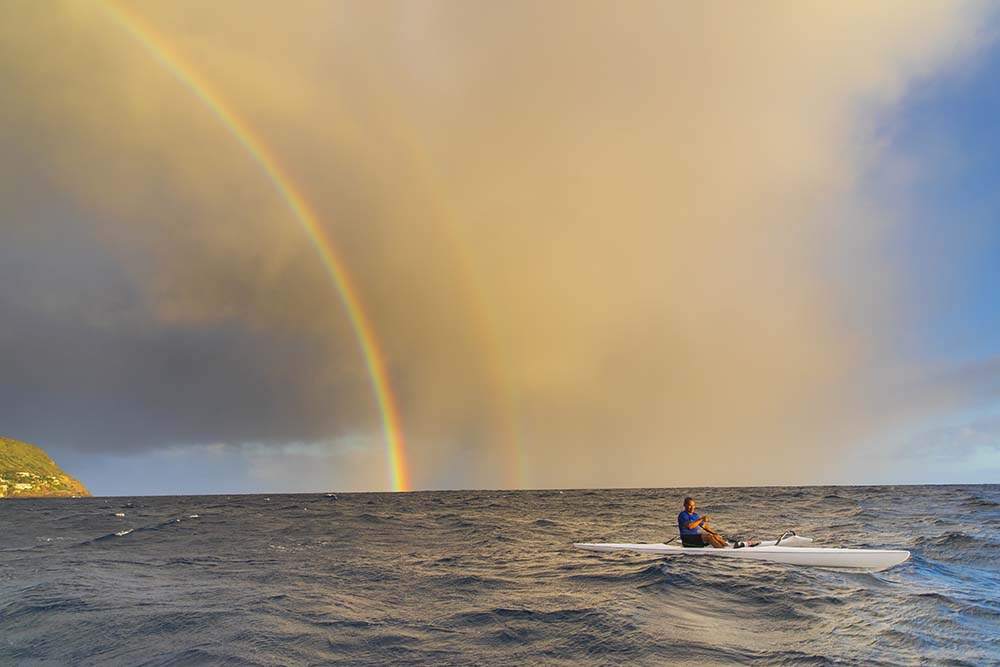
Without compasses, sextants or other instruments, adventurers thousands of years ago began migrating east and north from Southeast Asia through the islands of the Pacific. Polynesians eventually reached Hawaii—one of the most remote major land masses on Earth, nearly 2,300 miles from North America—where they established a dynamic, self-sustaining civilization that supported an estimated 300,000 Hawaiians by the time Cook arrived in 1778.
That initial contact was long called Cook’s “discovery” of Hawaii. Twentieth-century Western academics and explorers dismissed Hawaiian oral histories of those early crossings as mere myths. Yet the presence of Polynesians throughout the Pacific meant there had to be some explanation. In 1947, Norwegian adventurer Thor Heyerdahl crossed to the French Polynesia island Raroia from South America on a raft (utilizing navigation instruments), on the theory that this was how the South Pacific came to be settled; his book, Kon-Tiki, was a 1950 sensation. Anthropologists such as Andrew Sharp in the mid 1950s dismissed ancient Polynesians as wanderers, incapable of navigation, who were swept across the ocean accidentally to Tahiti, Rapa Nui and Hawaii by storms.
PVS co-founder Ben Finney, a young anthropology student from California, thought this made no sense—and in the early 1970s he met a University of Hawaii professor who handed him the Heyerdahl and Sharp books and issued a challenge: “Read these. They are wrong. Prove it.”
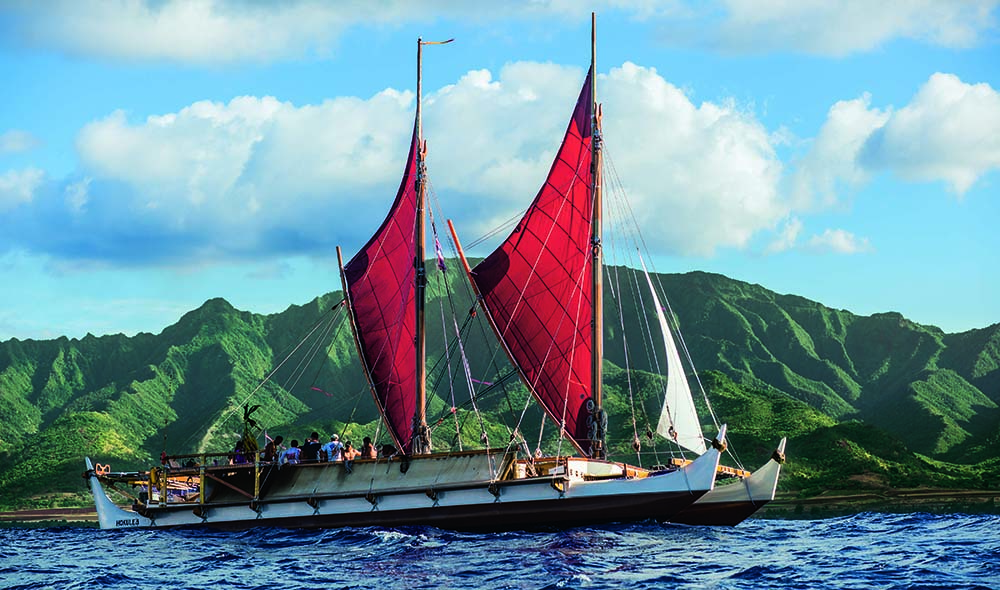
Finney joined Hawaiian artist Herb Kane and mariner Tommy Holmes to found PVS for the exact purpose of crossing the Pacific. They built a traditional voyaging canoe, Hokulea, and searched for information on wayfinding. Eventually they discovered a master navigator, Mau Piailug, on a small island in Micronesia—believed to be the last human keeper of wayfinding knowledge.
Meanwhile, Thompson was a young man in love with the ocean—surfing, swimming, paddling, but still looking for his life’s mission. He began doing odd jobs for Kane, and one night at the latter’s house, the artist took young Thompson outside to look at the stars, describing how the stars were the charts PVS would use to cross the Pacific and demonstrate that their ancestors had deliberately sailed to Hawaii.
Thompson says he knew then and there what his life’s mission would be.
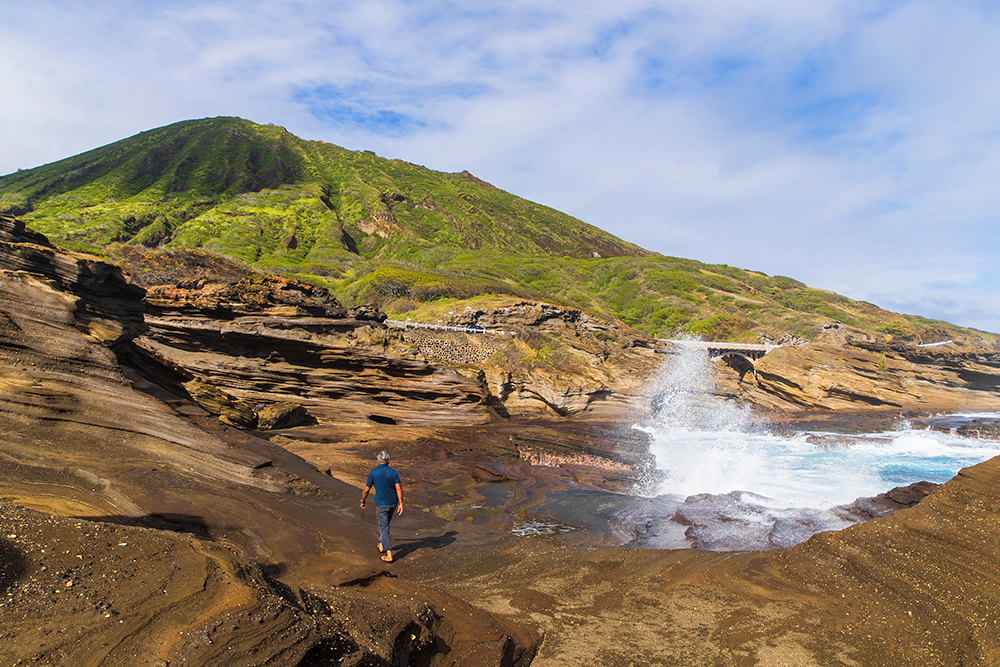
“That night I got sucked into a dream,” he recalls, his eyes still flashing a half-century later. “Herb wanted cultural justice. Ben wanted scientific justice. I wanted the magic of the stars and the canoe. I loved the ocean. I just wanted to go, man.”
PVS convinced Mau to guide Hokulea to Tahiti in 1976, a successful 30-day voyage. But the canoe was forced to return to Hawaii using instruments, and PVS members—especially Thompson—resolved to learn wayfinding so they could sail Hokulea with an entirely Hawaiian crew. Thompson spent a couple years studying with the master navigator, drawing star maps in beach sand, scanning the night skies aboard Thompson’s fishing boat, watching cloud formations in the day, reading ocean swells. A master wayfinder can literally be asleep and awaken when wave patterns shift because the canoe is off course.
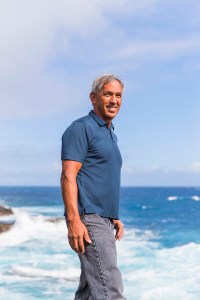
“Nainoa, I can teach you how to go out and back, but I can’t teach you the magic,” Thompson recalls Mau saying, advising his apprentice that it would be 20 years before Thompson could fully “see” the ways of the ocean.
Thompson gained skill and magic enough to help guide the canoe once again to Tahiti and back in 1980, becoming the first Hawaiian to navigate an open-ocean journey to Tahiti in 600 years. The PVS-odyssey plans had been met with great skepticism, but the trips outbound and back were fairly straightforward, and that success replaced derision with awe.
While it is incredible that ancient Polynesians crossed the Pacific in double-hulled canoes using wayfinding; it is equally incredible that a small, committed group of 20th century Hawaiian adventurers revived a nearly lost art and brought history back to life.
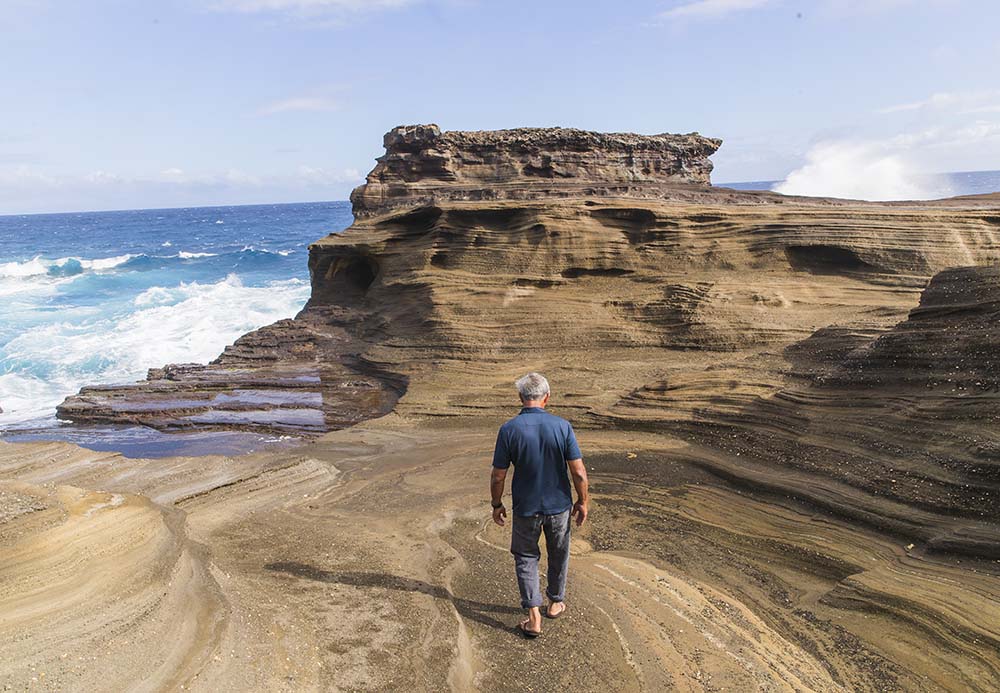
While Thompson’s life illustrates the way that answering an innate urge for adventure might result in great meaning (not to mention fame), the very ideas of voyaging and wayfinding are built on concepts such as self-discipline, self-knowledge, respect for the natural world and care for all onboard. Long-distance voyages are tests of bravery and self-composure. Most of the time, very little happens aside from monitoring the sails and the heading. One experienced voyager describes the experience as “a long series of power naps.”
But occasionally it is much more exciting. Bad weather appears, obscuring the sky; riding out a storm is a test of skill and courage. No matter how wild and risky those first voyages may have seemed, dedication to voyaging principles assured their success, Thompson says.
When PVS proposed that Hokulea journey around the world, many argued that the journey would be too dangerous.
No matter how dangerous it may seem for us to go, the greater danger lies in keeping Hokulea tied up to shore,” Thompson replied in a characteristically measured remark.
The 62-foot canoe departed Hilo in May 2014 and returned to Honolulu in triumph in June 2017, having taken three years to visit 150 ports in 27 countries, covering 42,000 miles.
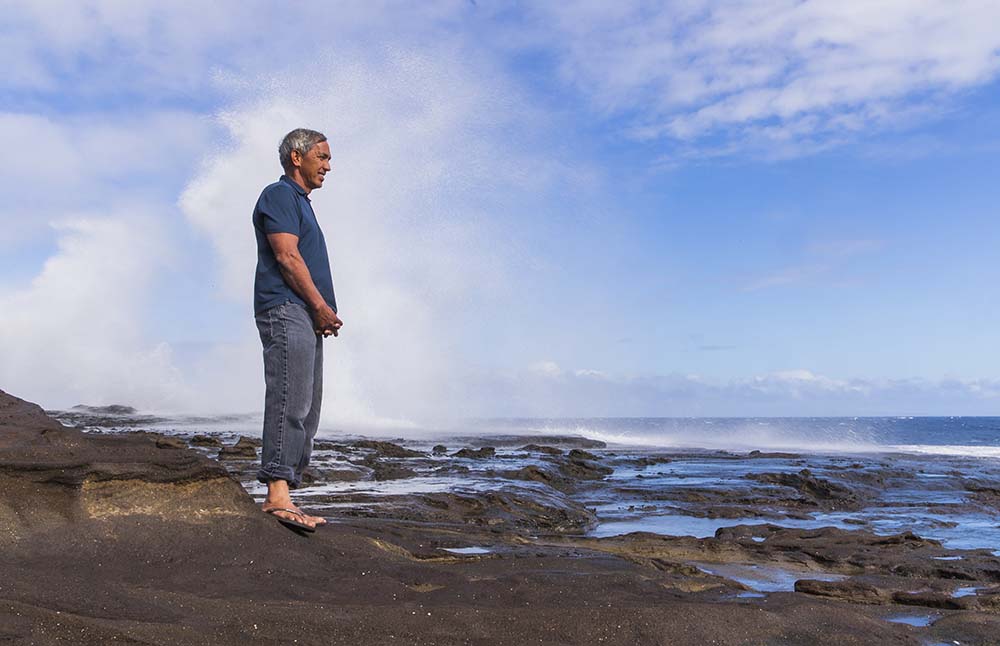
Now an elder among the Native Hawaiian people, and a world figure, Thompson travels the planet to encourage application of voyaging principles to cultural revival, sustainability and human progress. “We have a responsibility to history and culture, and to the canoe we all share,” he declares.
Historically, navigators were men, but today there are a number of young women who are wayfinding apprentices. It’s an innovation Thompson embraced, gently overruling objections from traditionalists. Wayfinding is studied at several universities, where it is considered a science.
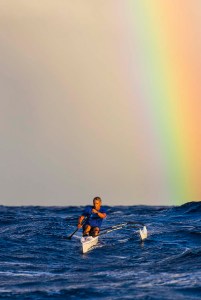
The story of the Polynesian Voyaging Society does lead one to wonder what other chapters of the human story have been lost. How to live in peace with our planet, perhaps? How to live in peace with one another? These are the principles within a traditional Hawaiian philosophy known as “The Way of the Canoe,” which seeks to apply voyaging protocols to daily life as individuals, communities and nations—to respect and care for ourselves, each other, and our natural and cultural environments.
Thompson is a leader among the world’s Indigenous communities, and has thus gained friends and allies among many Native peoples on six continents. Among them are Alaskans, such as the Tlingits of Southeast, who decided long ago to support the PVS mission. Former Alaska Lieutenant Governor Byron Mallott, a Tlingit elder from Juneau and onetime CEO of Sealaska Corporation, donated two immense spruce logs to PVS in 1990 to use in making a new canoe (Hawaiiloa) because there are no longer any sufficiently large koa trees in the Islands.
“Over the years, Nainoa’s family and mine have become close as we have worked together personally and with our institutions to advance our cultures, a healthy planet and stronger ties among Indigenous and all people,” says Mallott. “Nainoa’s innate, palpable and humble spirituality has been a source of strength, and his embracing worldview based on that spiritual core is tied to a powerful vision of a shared planet in peril but capable of healing by caring, committed peoples. This is what defines his powerful leadership. In a sentence, Nainoa is a leader our Island Earth needs now more than ever,” Mallott says.
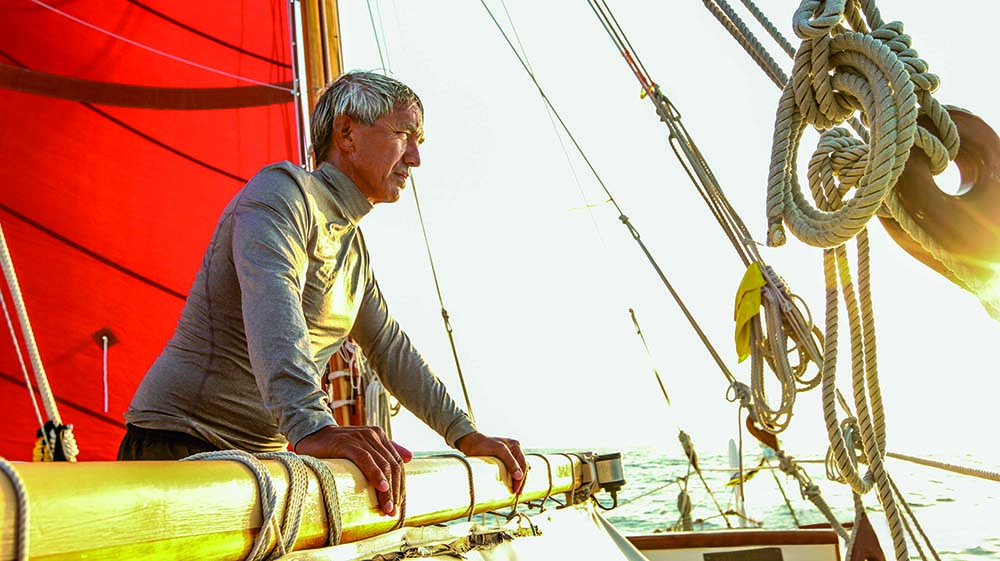
Why didn’t Thompson stay put on his grandfather’s farm? When Thompson was about 5, a neighbor took him to a beach to go fishing. “It all started with a fishing pole in my hand,” he laughs. “That was the first great gift of my life.”
Much of Charlie Lucas’ farm was long ago transformed into suburbs, with tidy homes, quiet streets and pleasant shopping centers. Resorts line the beach where Thompson first cast a line.
Thompson and his compatriots recognize that they did not create wayfinding or voyaging, and like almost all pathfinders, Thompson unfailingly credits his mentors and teachers, especially Mau.
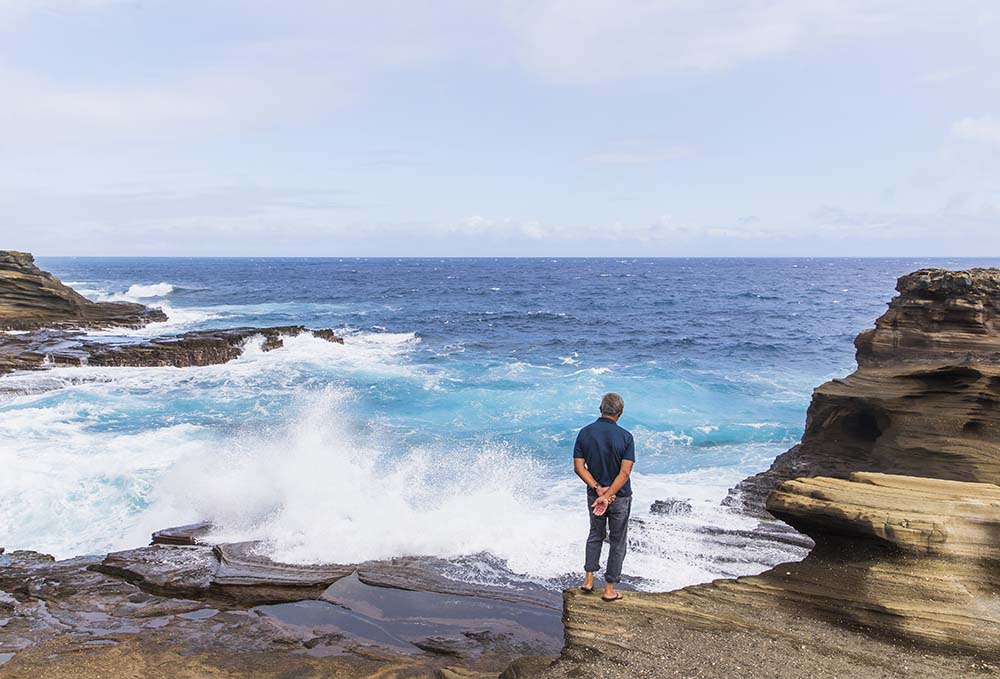
But those 20th century adventurers who first set out across the Pacific using the vessels and techniques of the ancients, just to prove it could be done, and had been done, have transformed their achievements into an innovation perfect for the 21st century world—the canoe as metaphor. Today, Hokulea and her sister ships represent our planet, and Thompson says the voyagers’ work has just begun. “Navigation is not just about sailing.”
Thompson offers a simple, concise catalog of his values: family, home, ocean. “And by home I mean our planet,” he says. If you ask what his life has meant, his answer is equally simple: “I stood up for something that matters.”
Eric Lucas lives on a small farm on San Juan Island in the Pacific Northwest’s Salish Sea. This story originally appeared in ALASKA BEYOND MAGAZINE—FEBRUARY 2020.


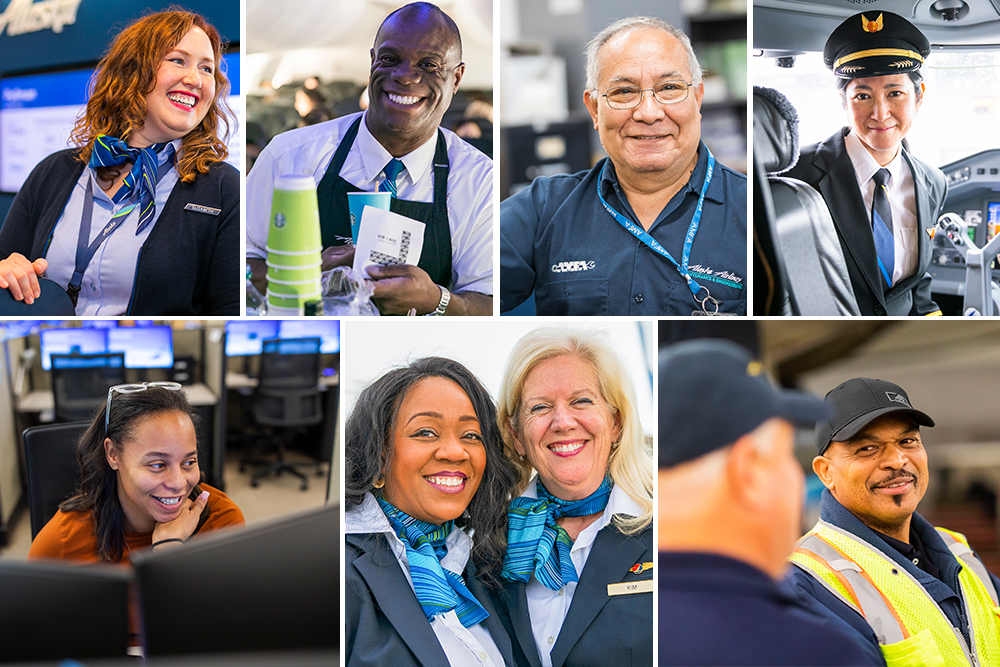

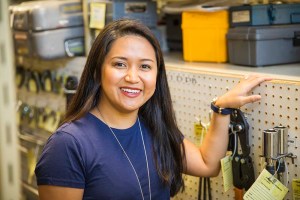
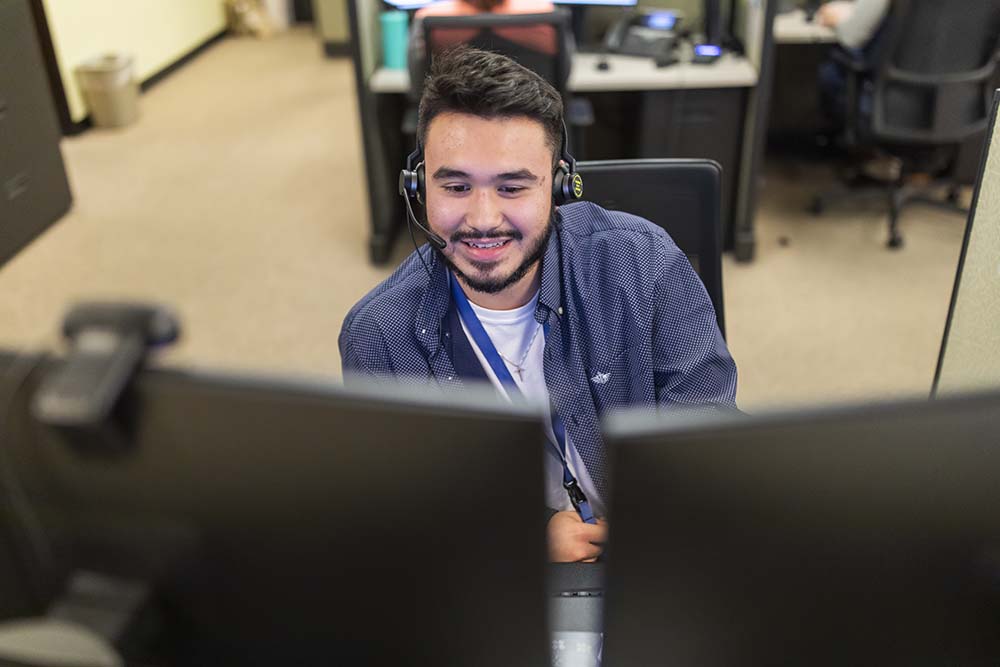
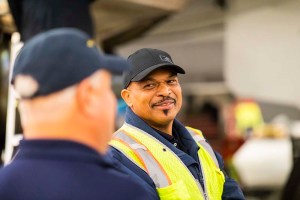
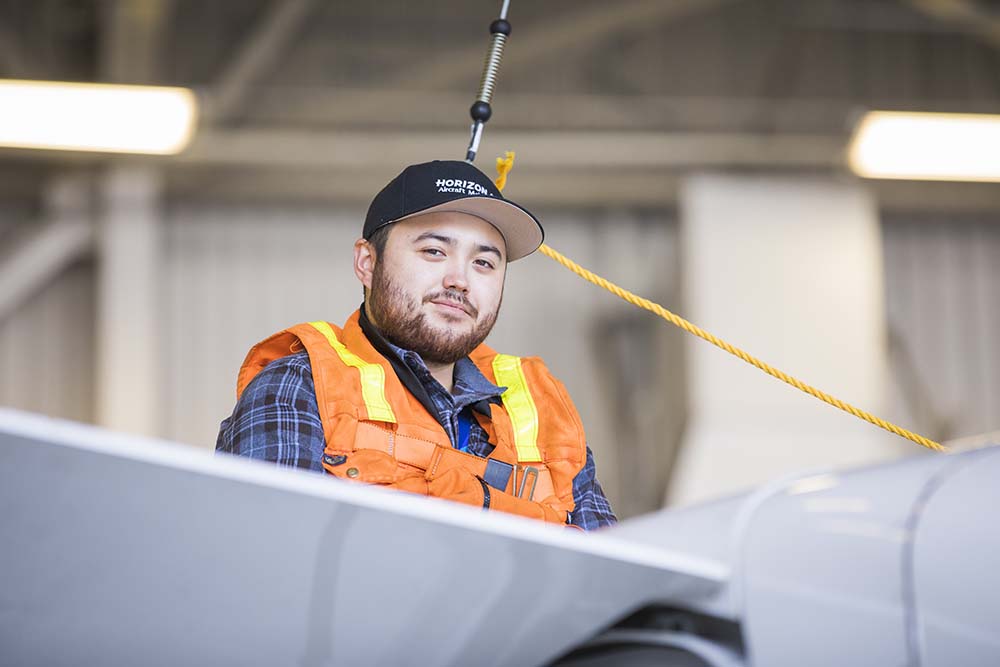
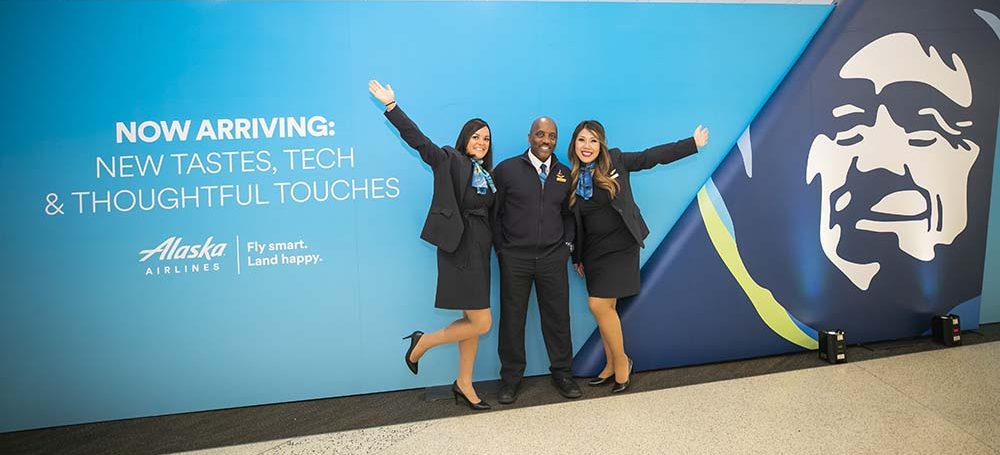
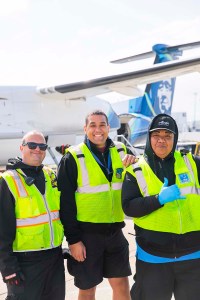 Even though most of the jobs are based in the Pacific Northwest, we’re still hiring across our network. For Horizon, hundreds of ground service agent and passenger service agent job openings are at other airports outside of Sea-Tac.
Even though most of the jobs are based in the Pacific Northwest, we’re still hiring across our network. For Horizon, hundreds of ground service agent and passenger service agent job openings are at other airports outside of Sea-Tac.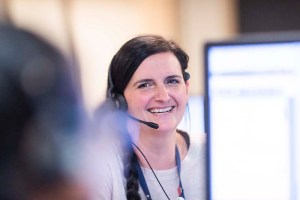 We pride ourselves on providing career development in an inclusive workplace where you can grow your career. We provide travel privileges to explore and connect with family and friends; unique pay bonus programs to reward you when the company does well; and competitive benefits for your health and wellness.
We pride ourselves on providing career development in an inclusive workplace where you can grow your career. We provide travel privileges to explore and connect with family and friends; unique pay bonus programs to reward you when the company does well; and competitive benefits for your health and wellness.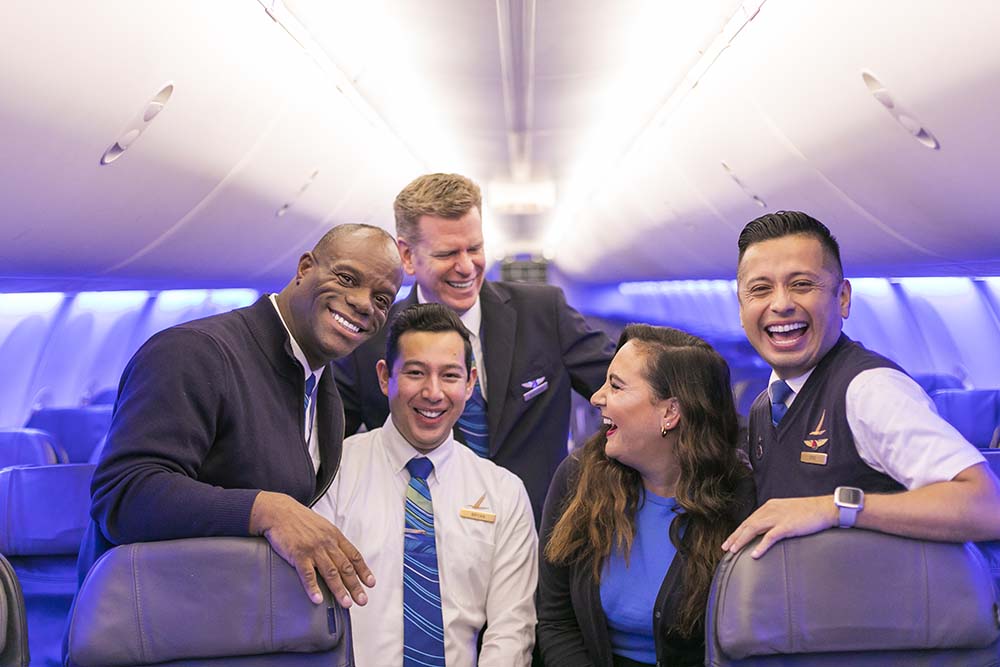
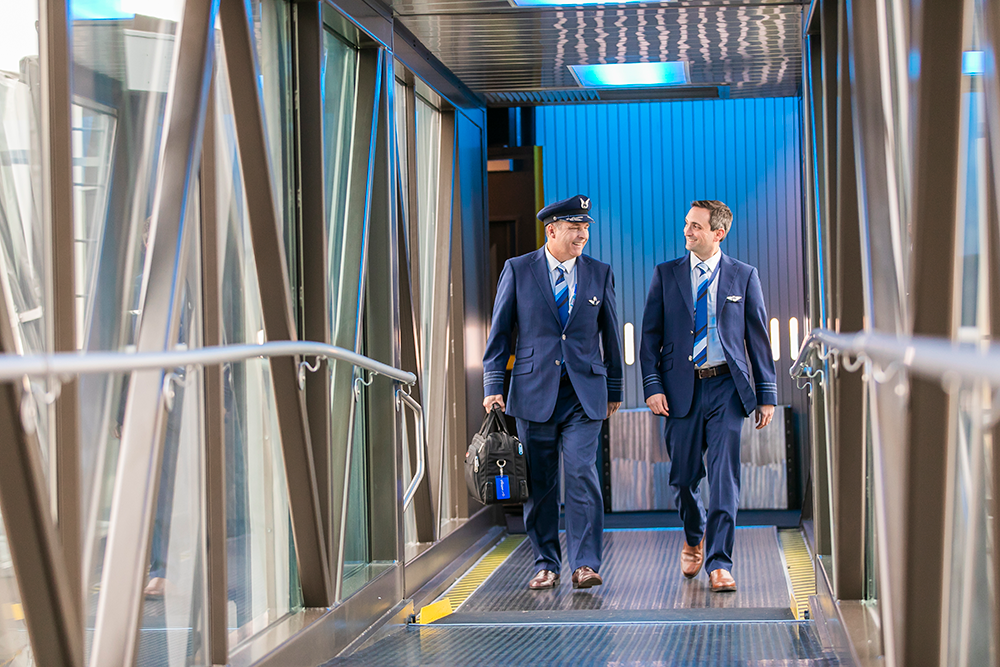

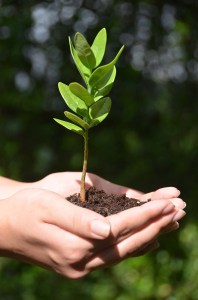
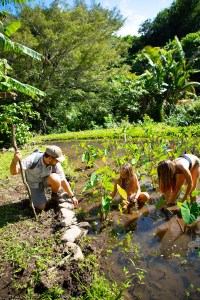
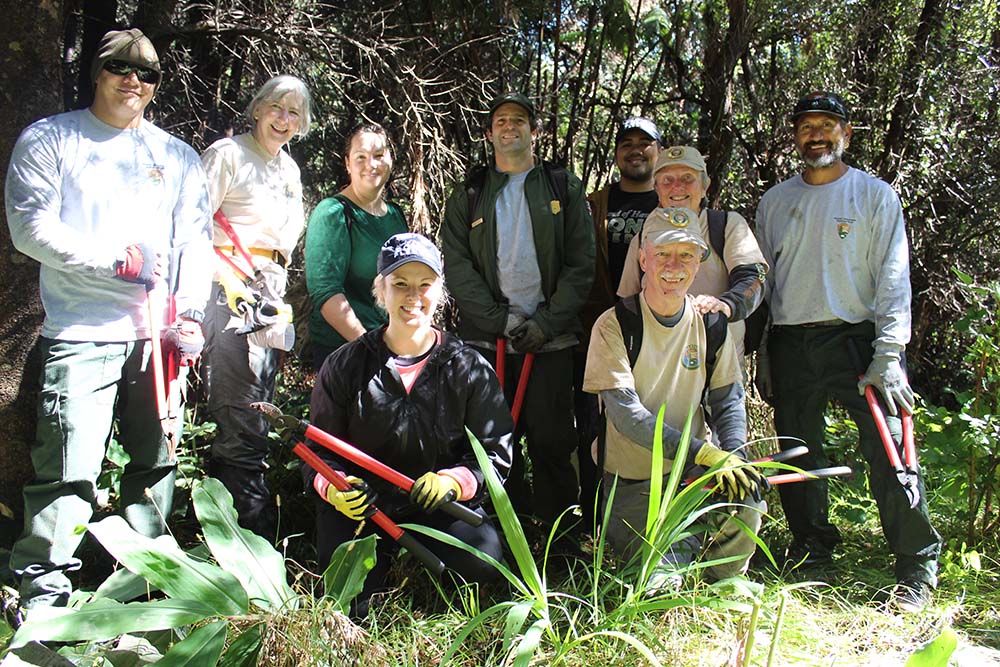
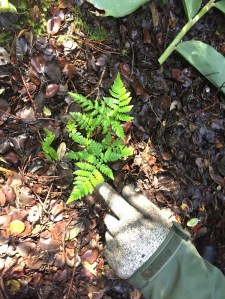
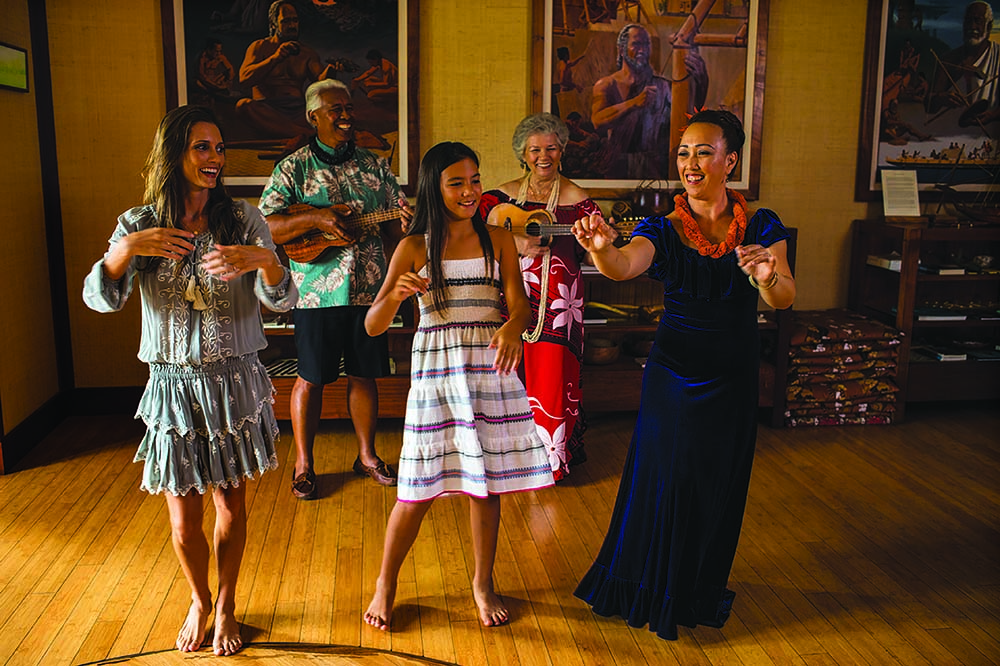

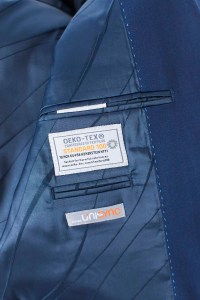 And then they’re washed, dried, and expected to do it again. And again. And again.
And then they’re washed, dried, and expected to do it again. And again. And again.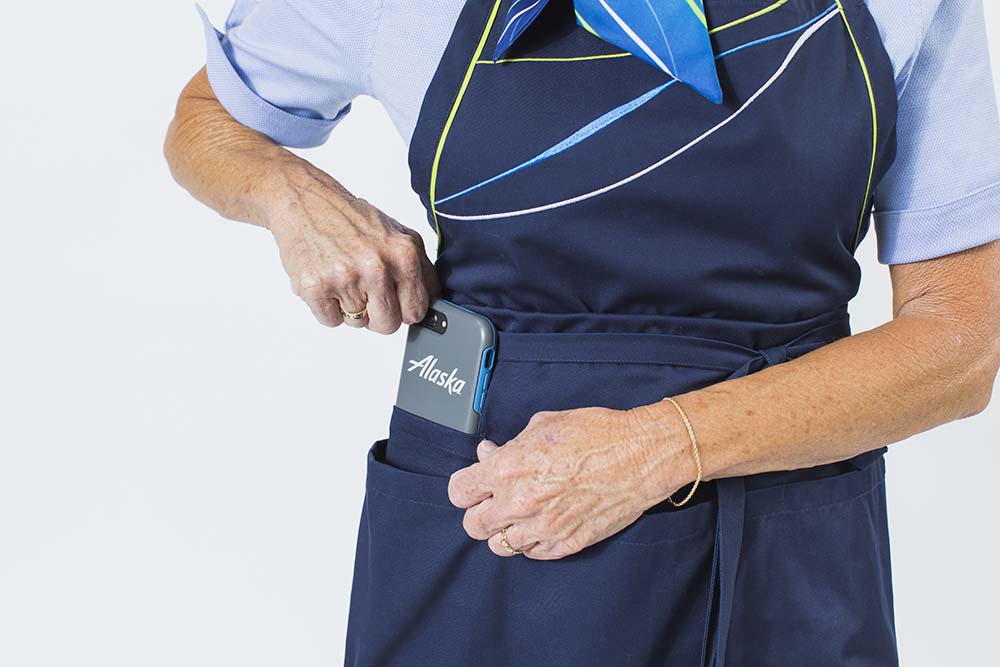
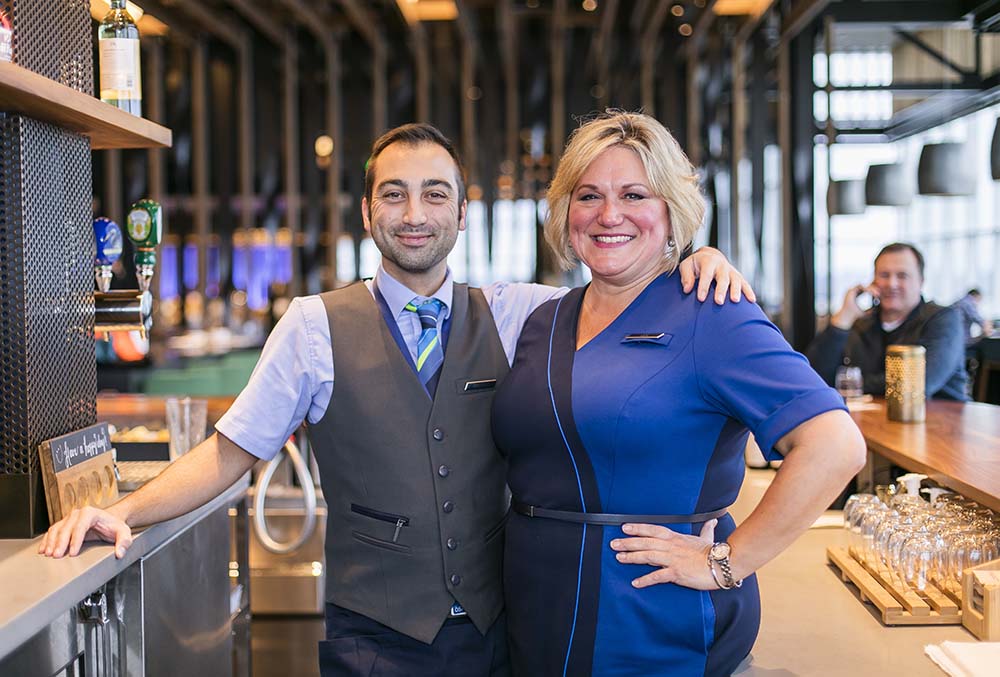
 With the research finished, it was Luly Yang’s time to shine. The designer got to work creating a signature silhouette for the Alaska collection, reviewing designs with employees, gathering feedback and making refinements to meet the needs of Alaska’s pilots, flight attendants, maintenance & engineering teams and more.
With the research finished, it was Luly Yang’s time to shine. The designer got to work creating a signature silhouette for the Alaska collection, reviewing designs with employees, gathering feedback and making refinements to meet the needs of Alaska’s pilots, flight attendants, maintenance & engineering teams and more.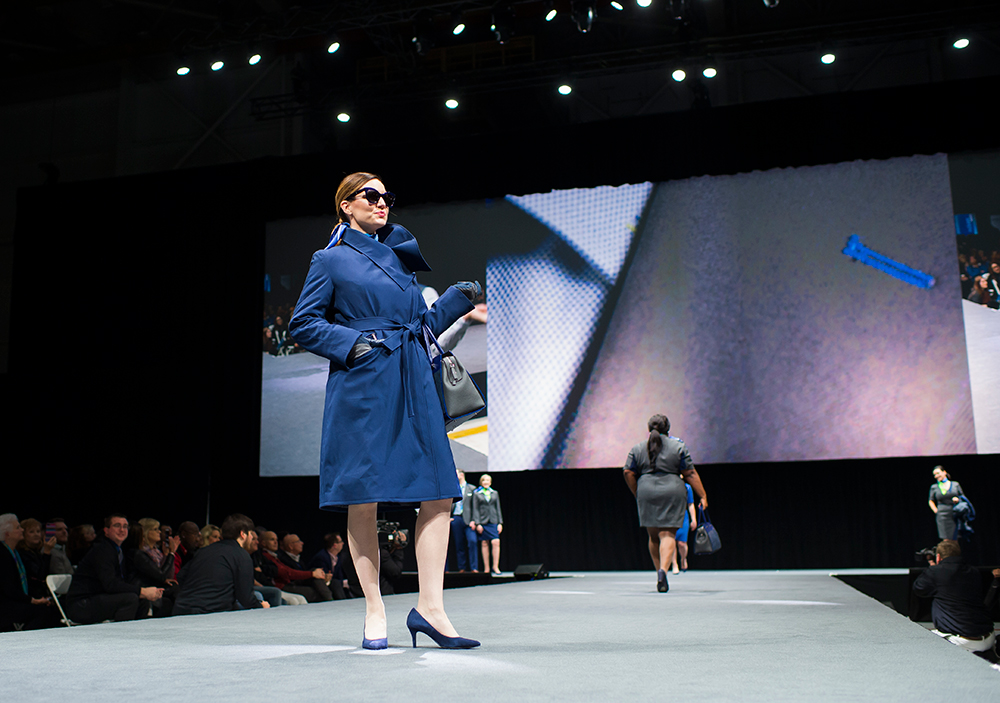
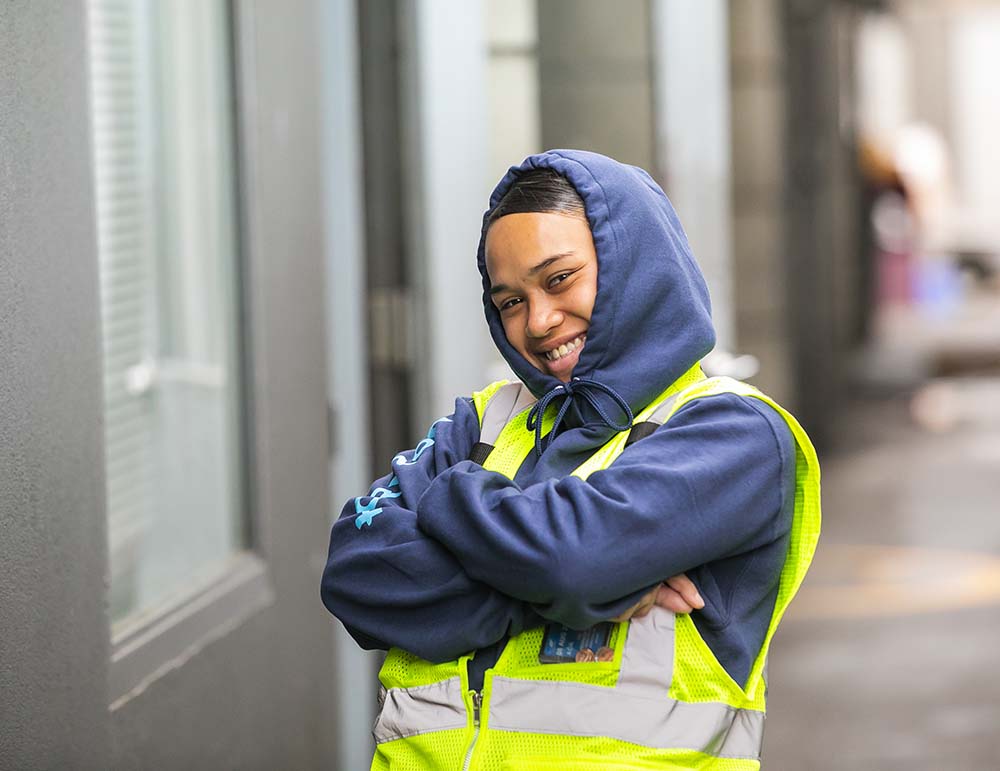


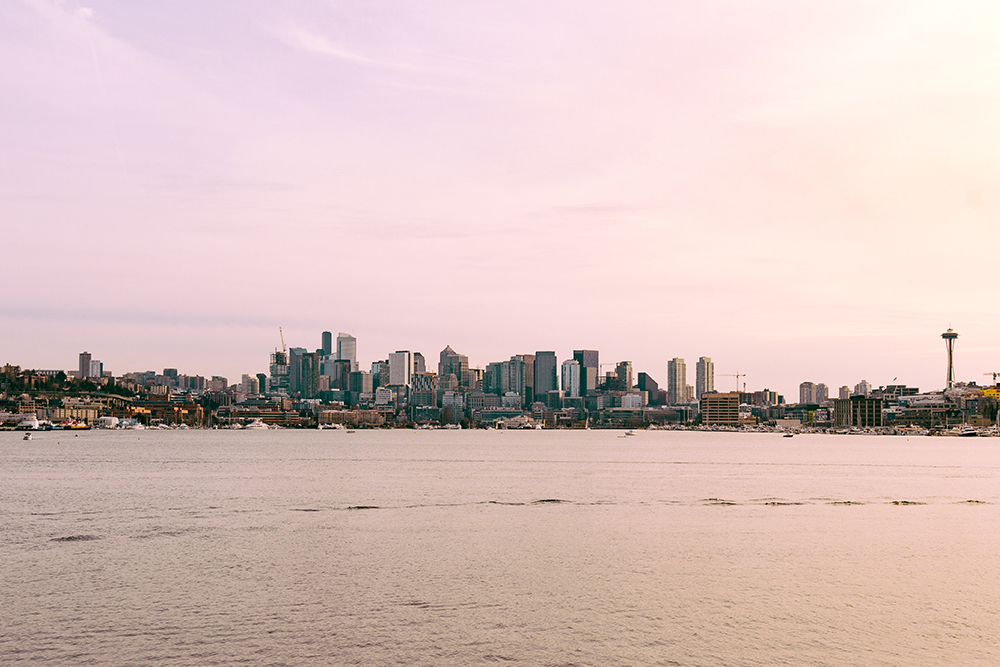




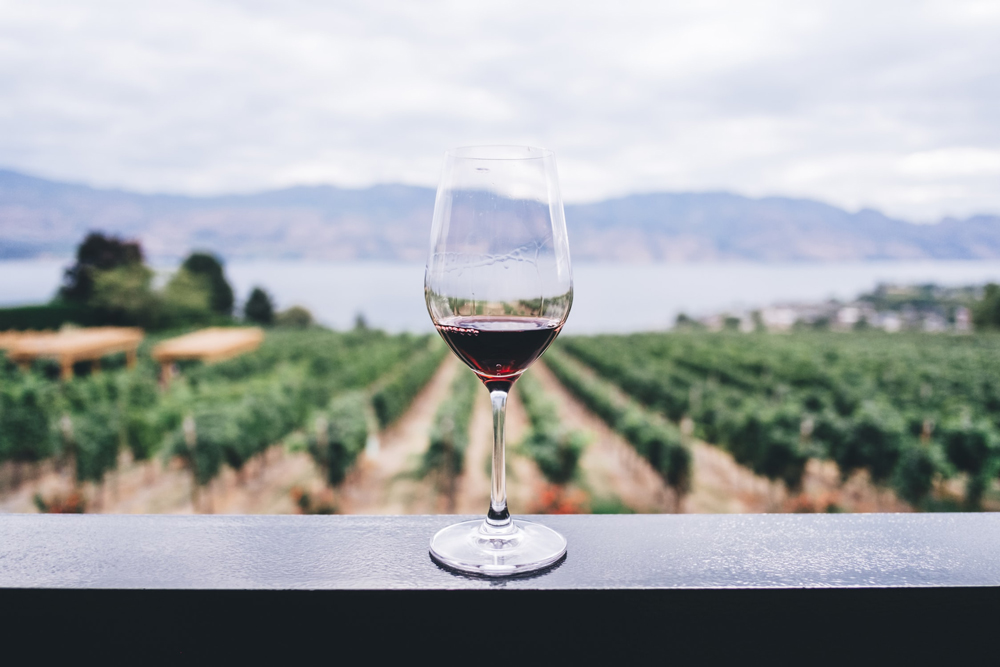

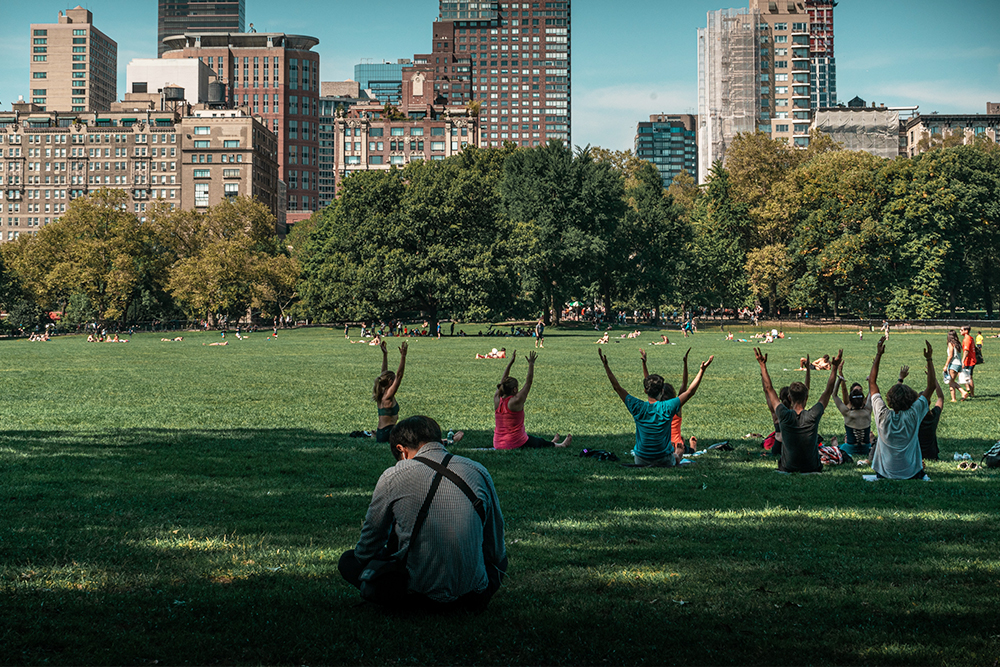

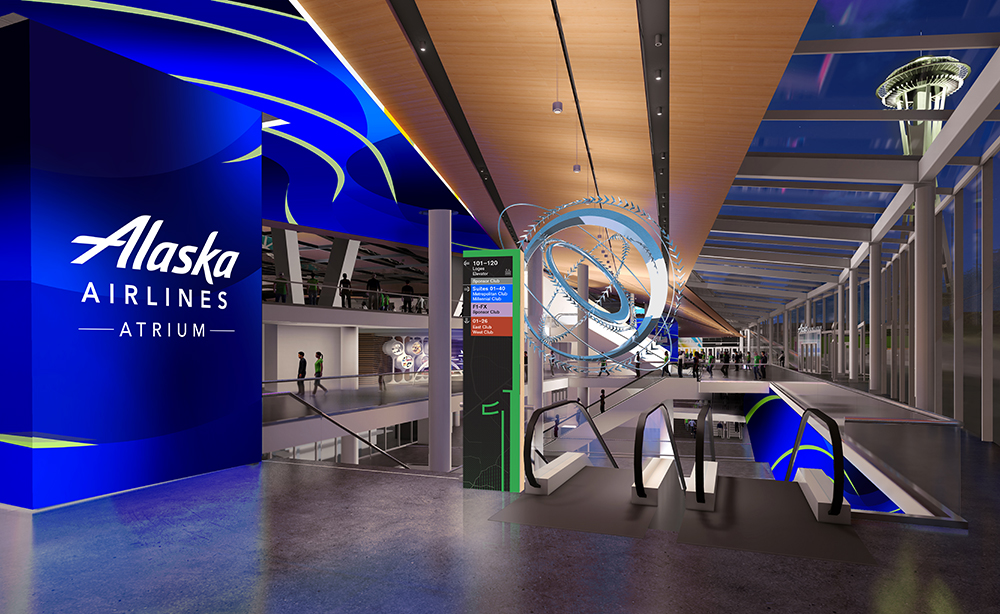

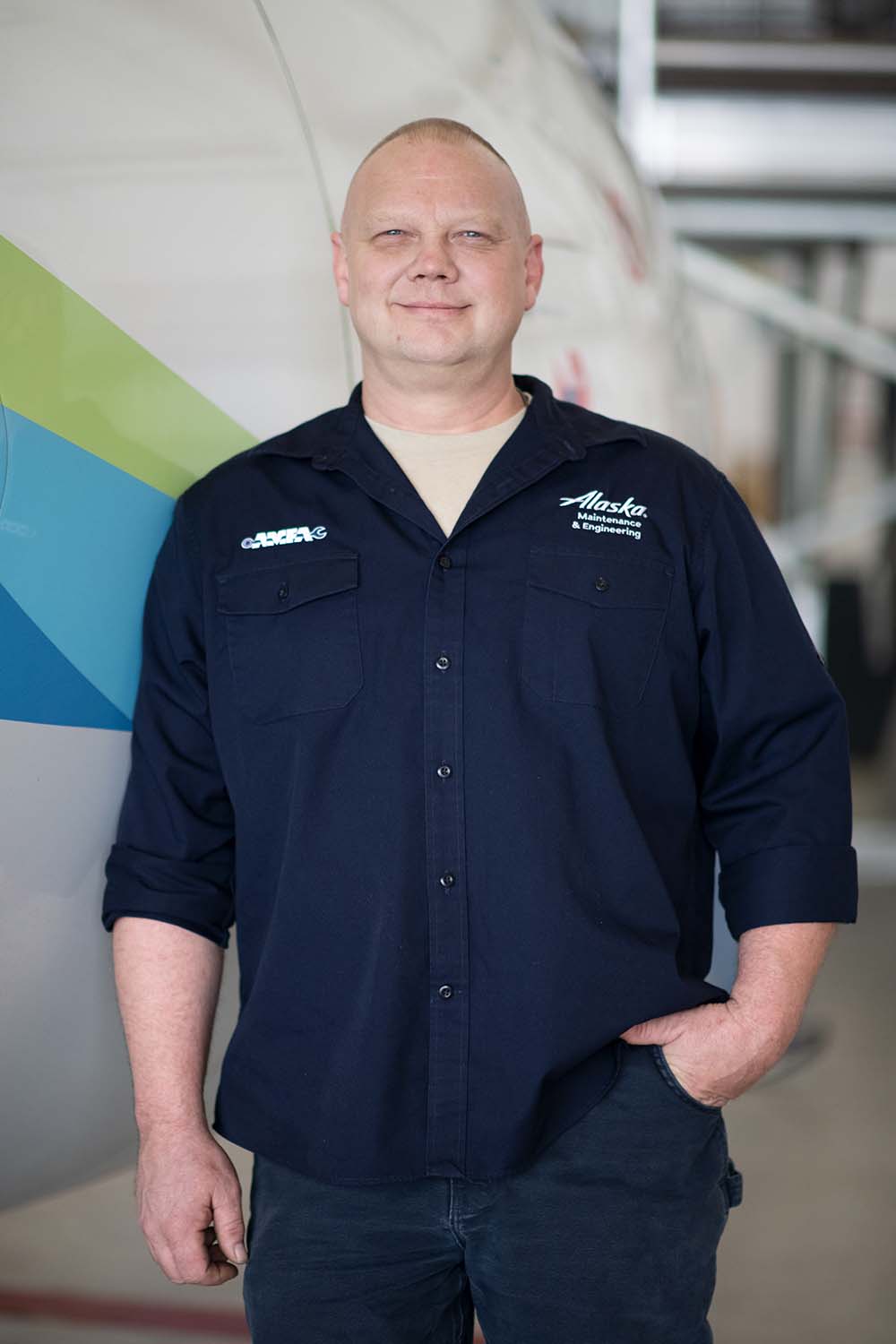 Spring began his career in the U.S. Air Force in 1991, and he later attended airframe-and-powerplant school. He served for 21 ½ years in the Air Force, Air Force Reserve and Air National Guard combined, maintaining military jets while also pursuing his airline career. On September 12, 2001, he was activated to support the nation’s air defenses, and in 2007 he volunteered for a tour in Iraq. He retired from the military in 2012 as a master sergeant.
Spring began his career in the U.S. Air Force in 1991, and he later attended airframe-and-powerplant school. He served for 21 ½ years in the Air Force, Air Force Reserve and Air National Guard combined, maintaining military jets while also pursuing his airline career. On September 12, 2001, he was activated to support the nation’s air defenses, and in 2007 he volunteered for a tour in Iraq. He retired from the military in 2012 as a master sergeant.
